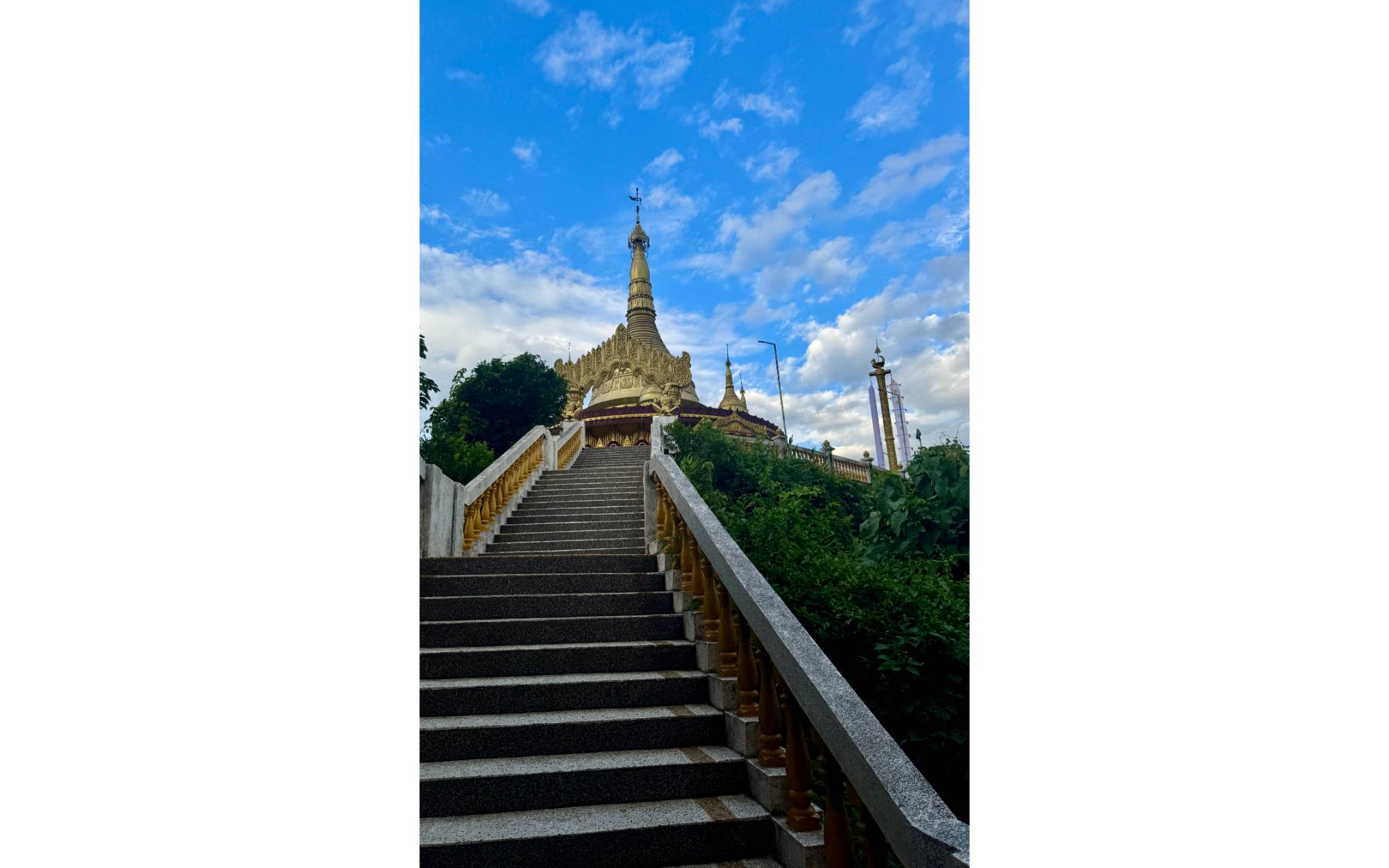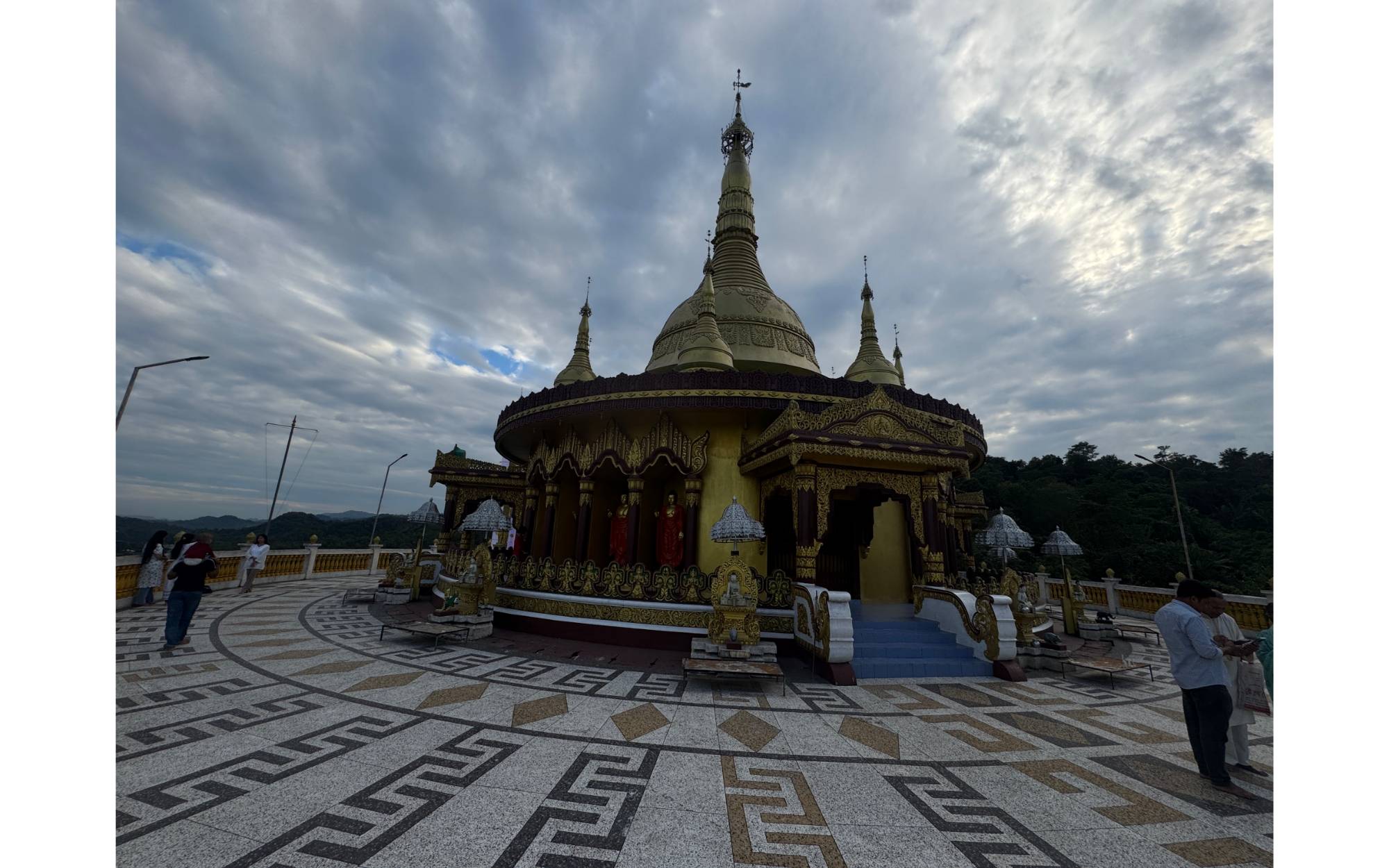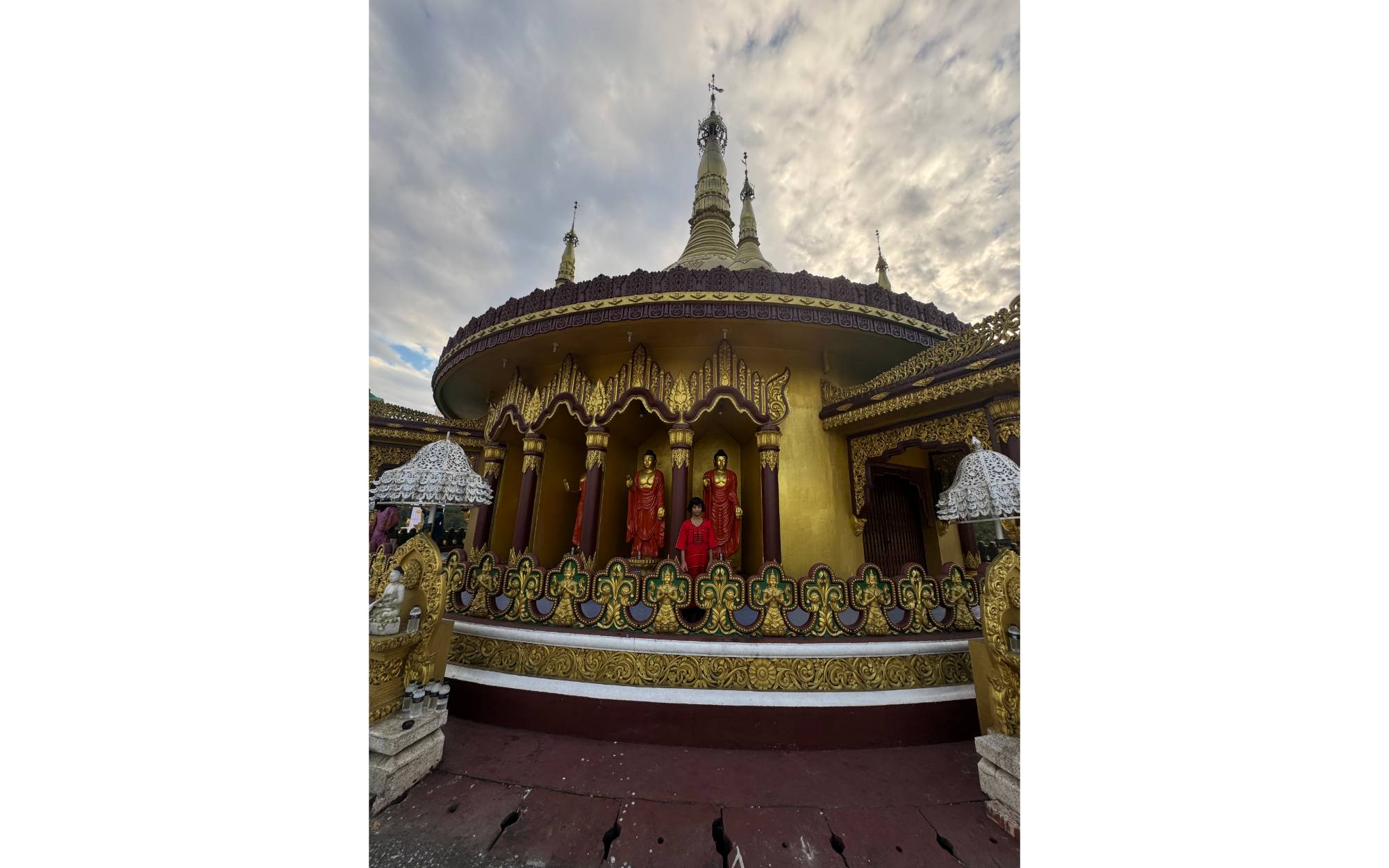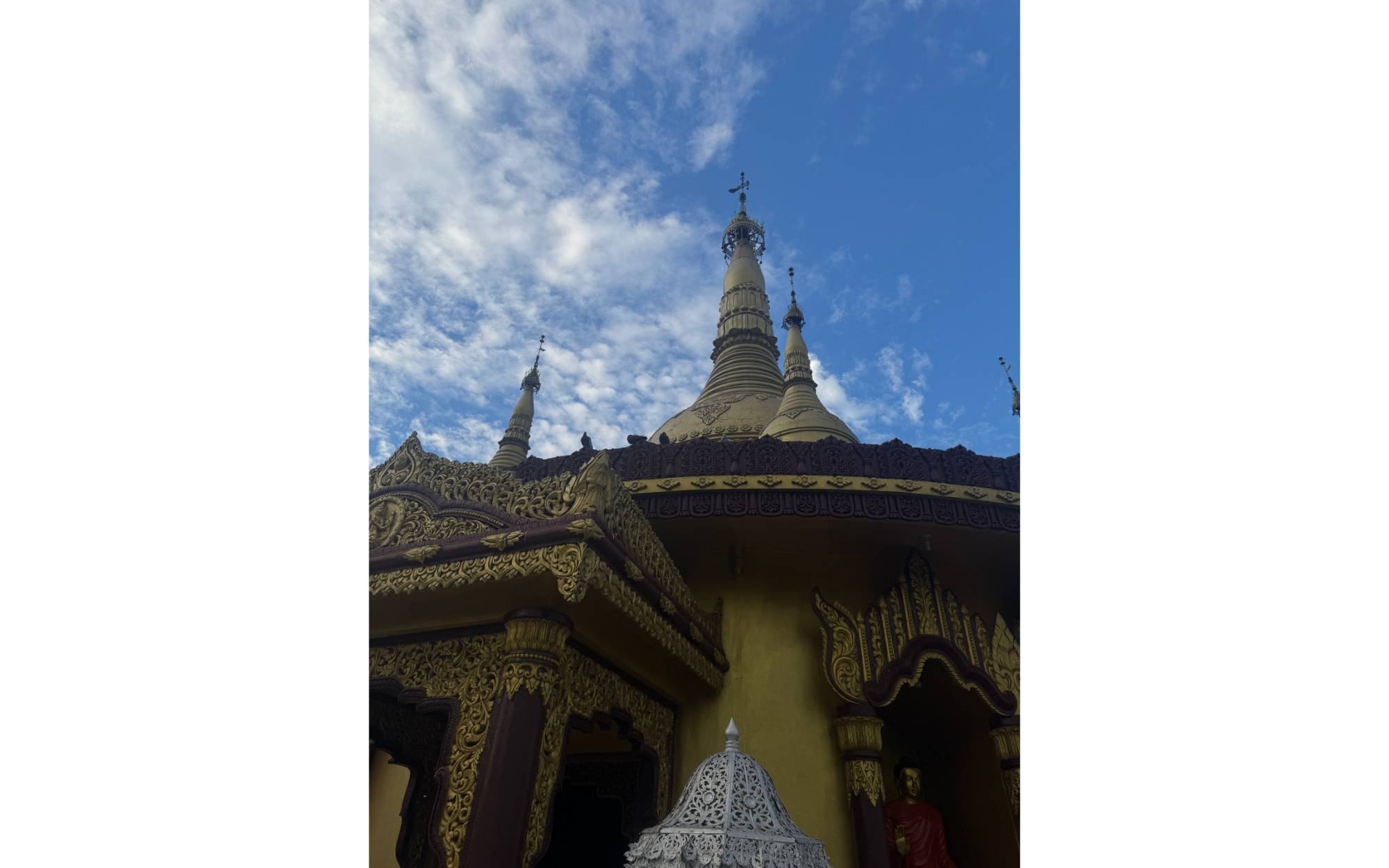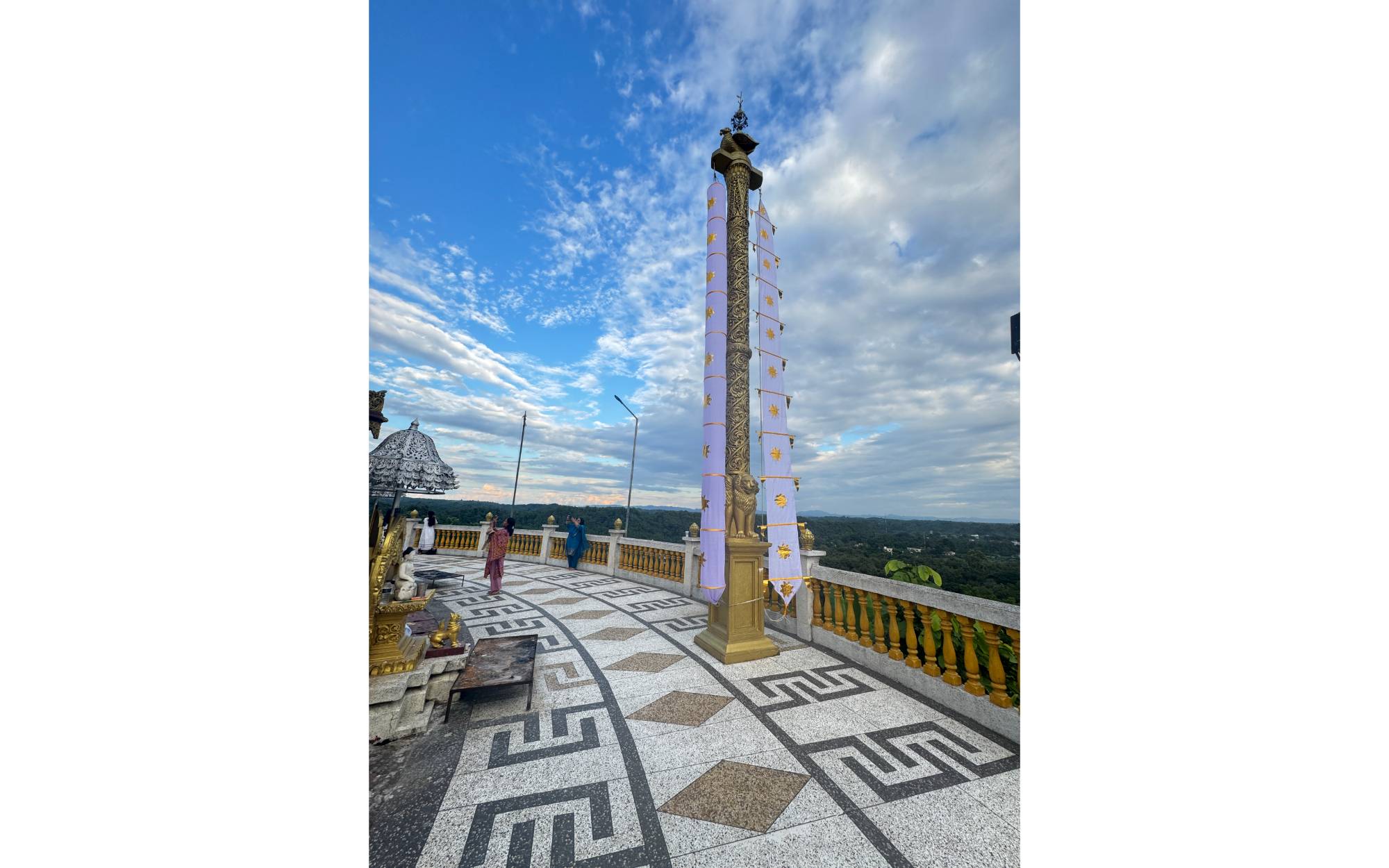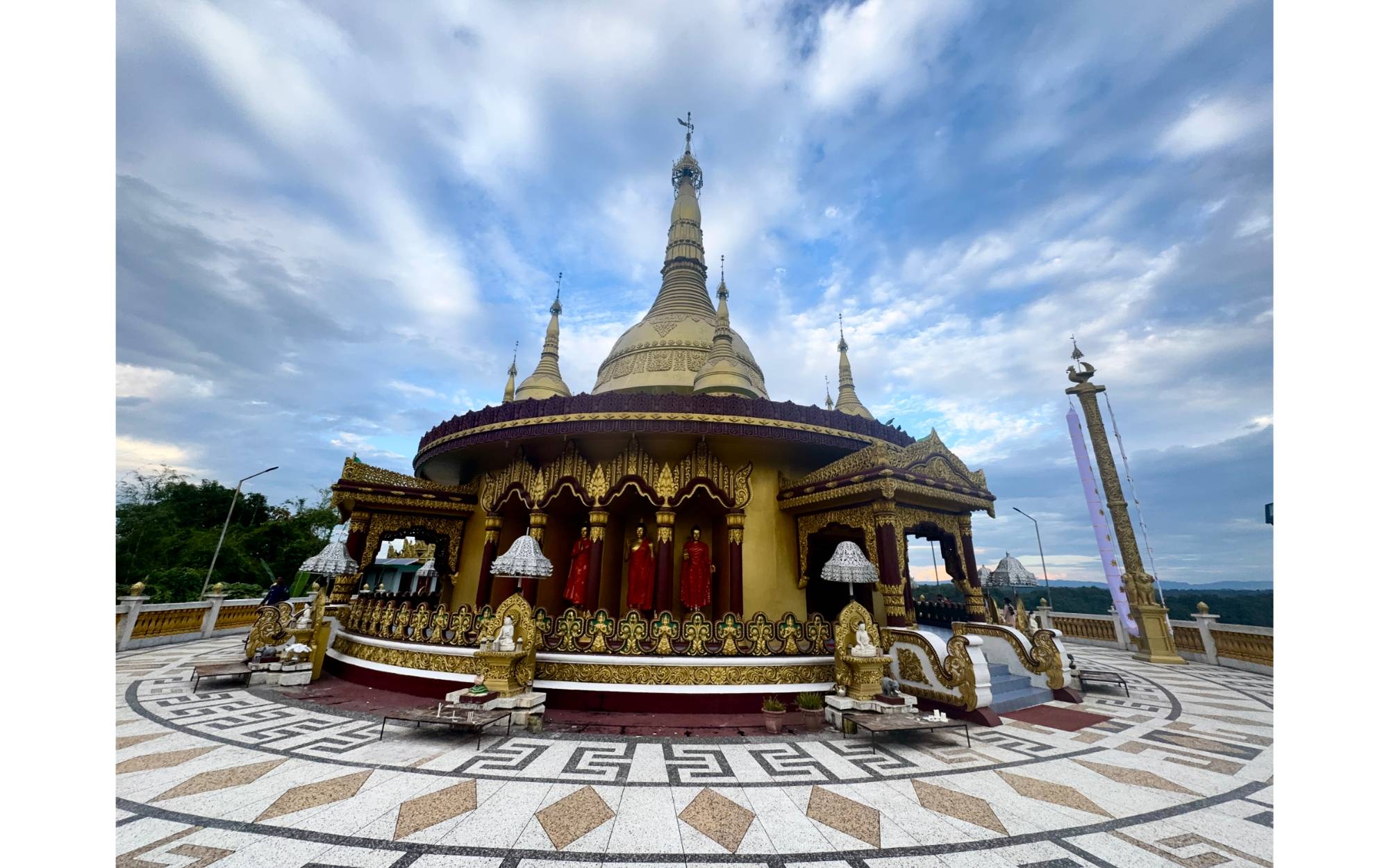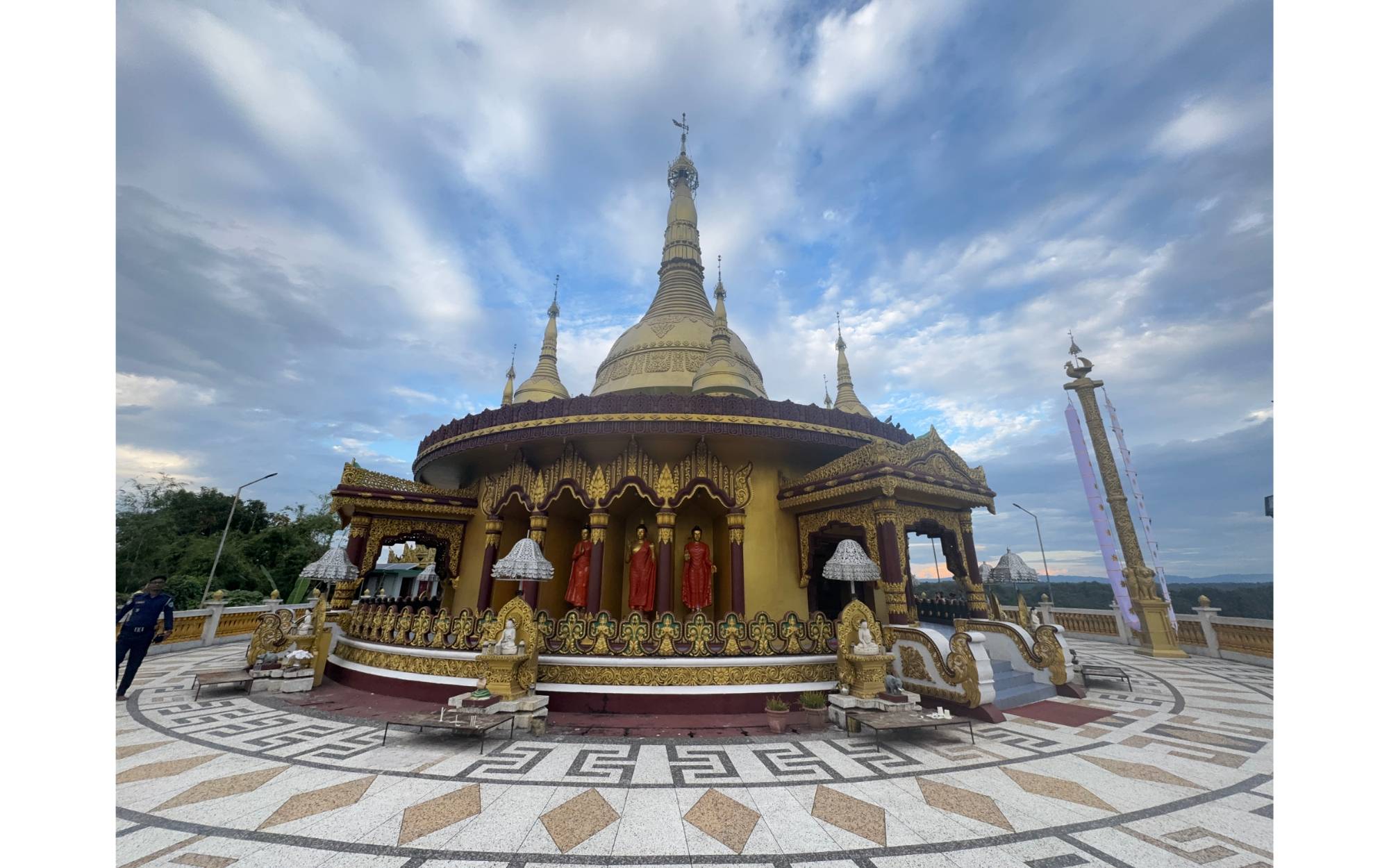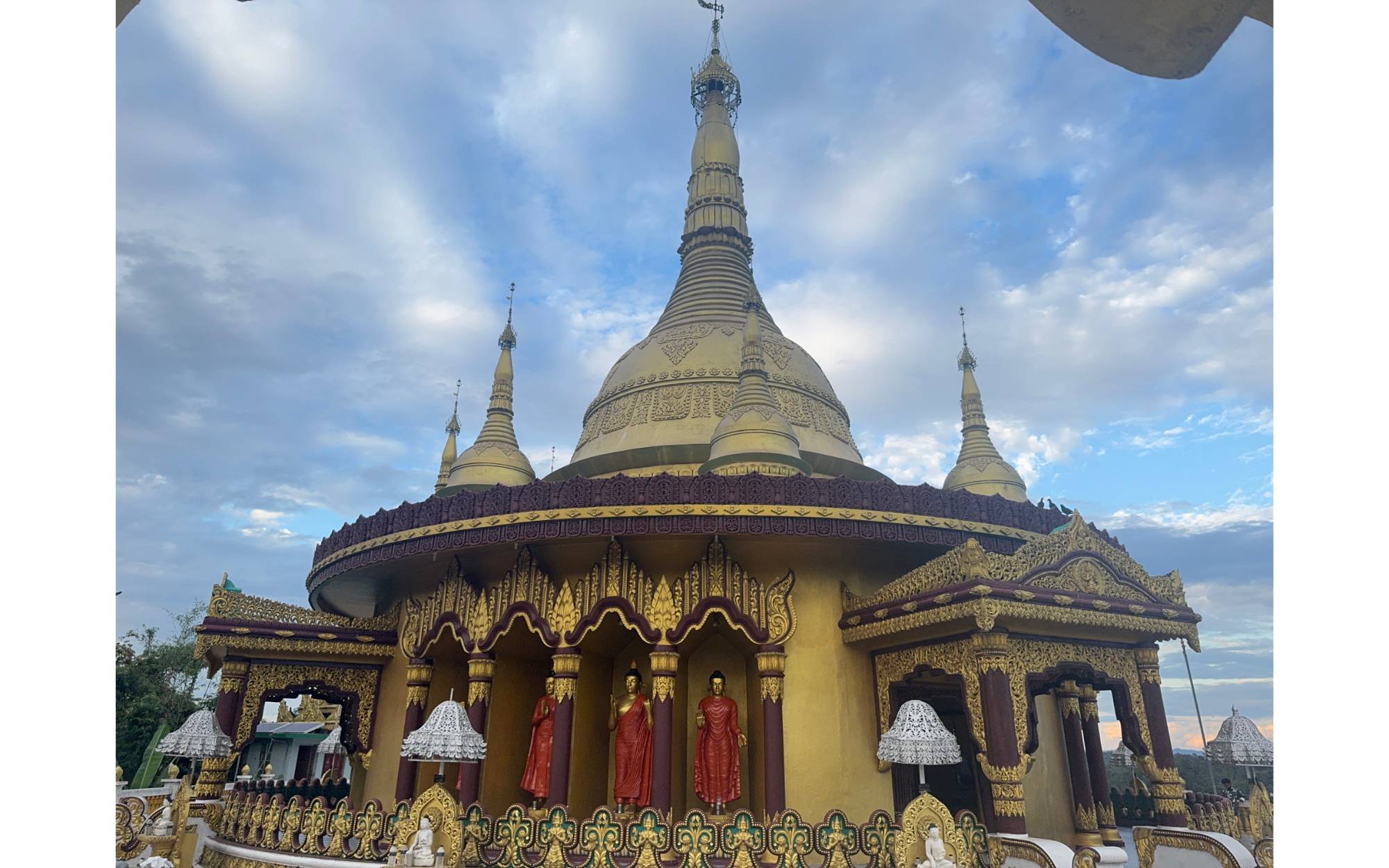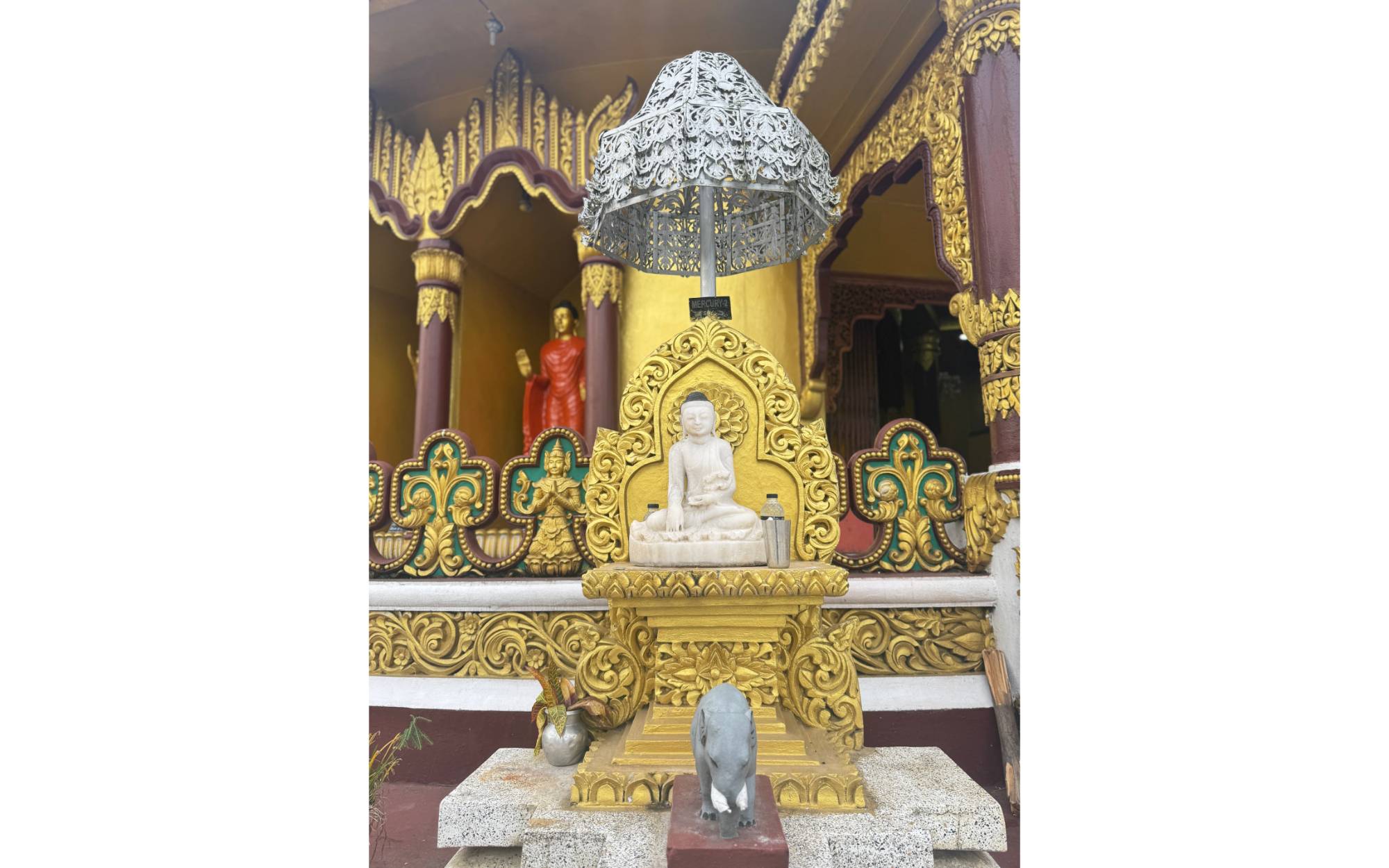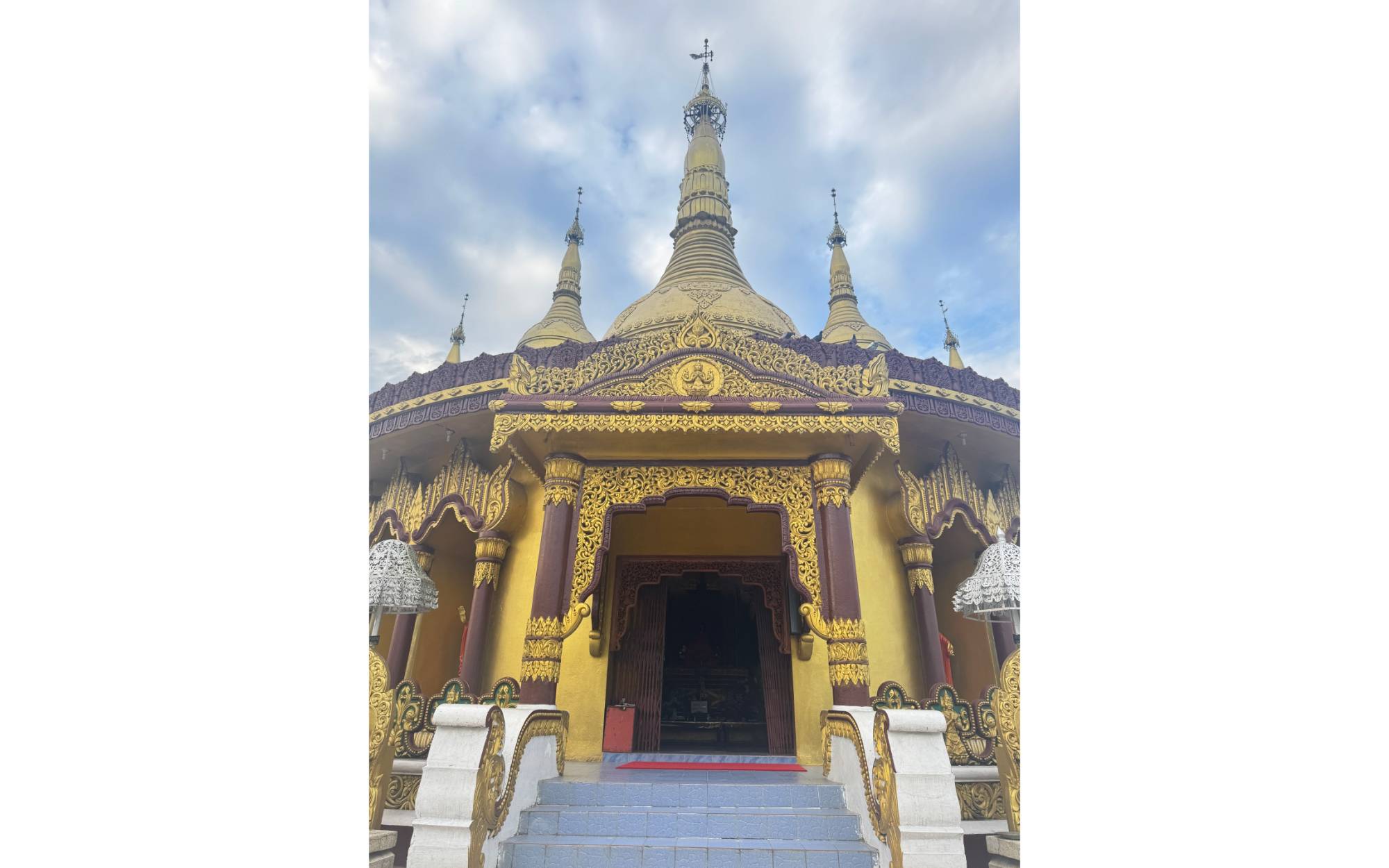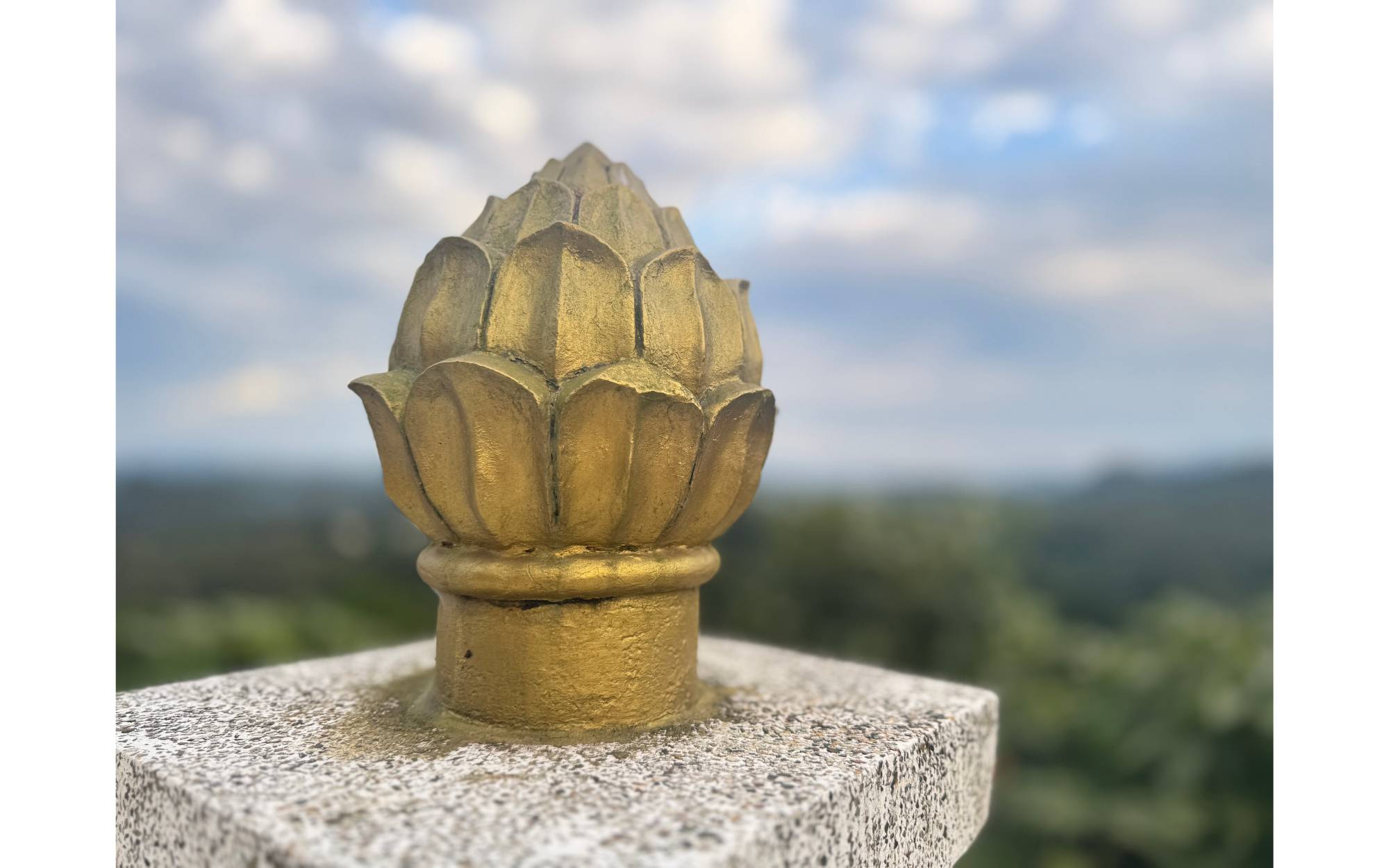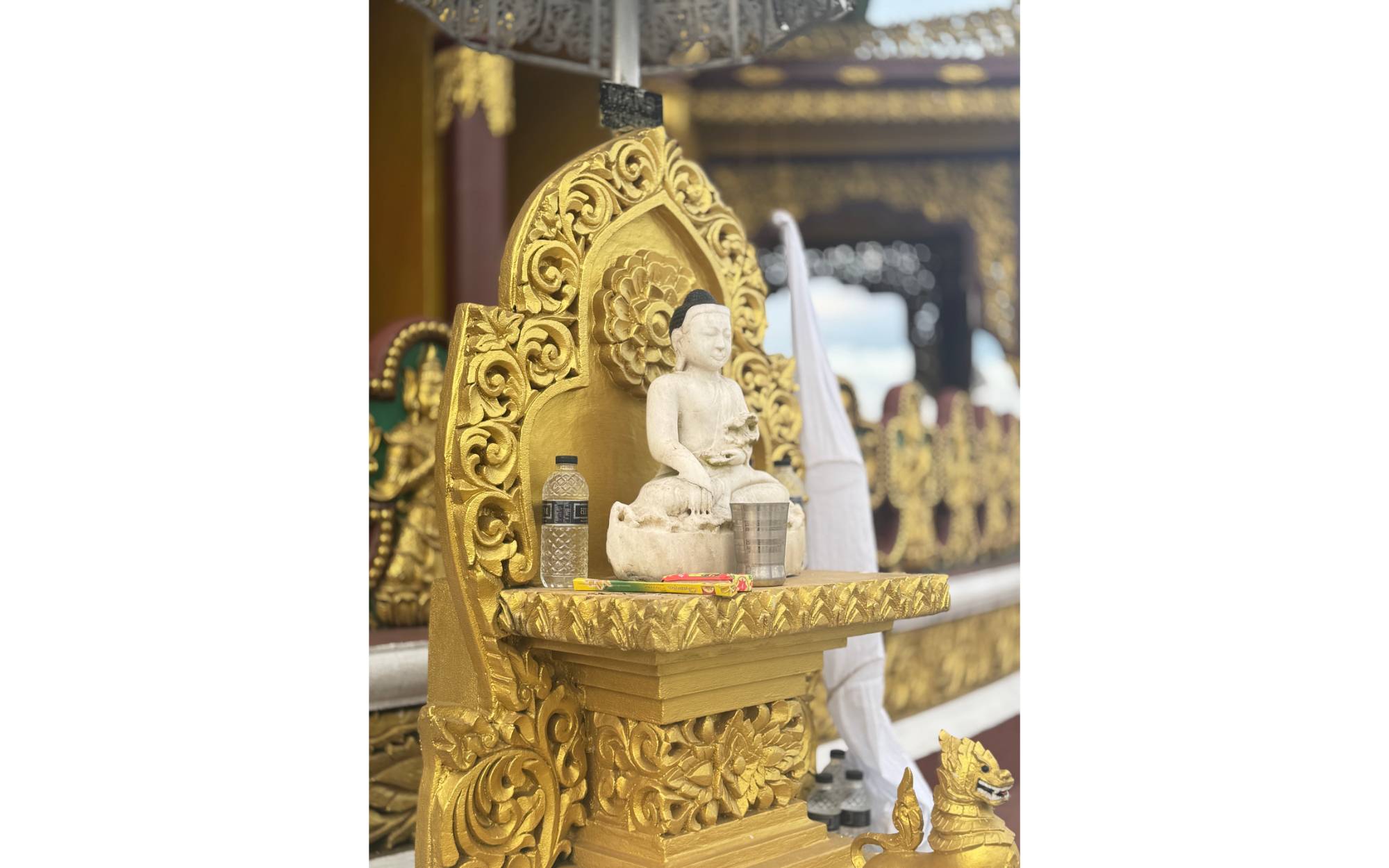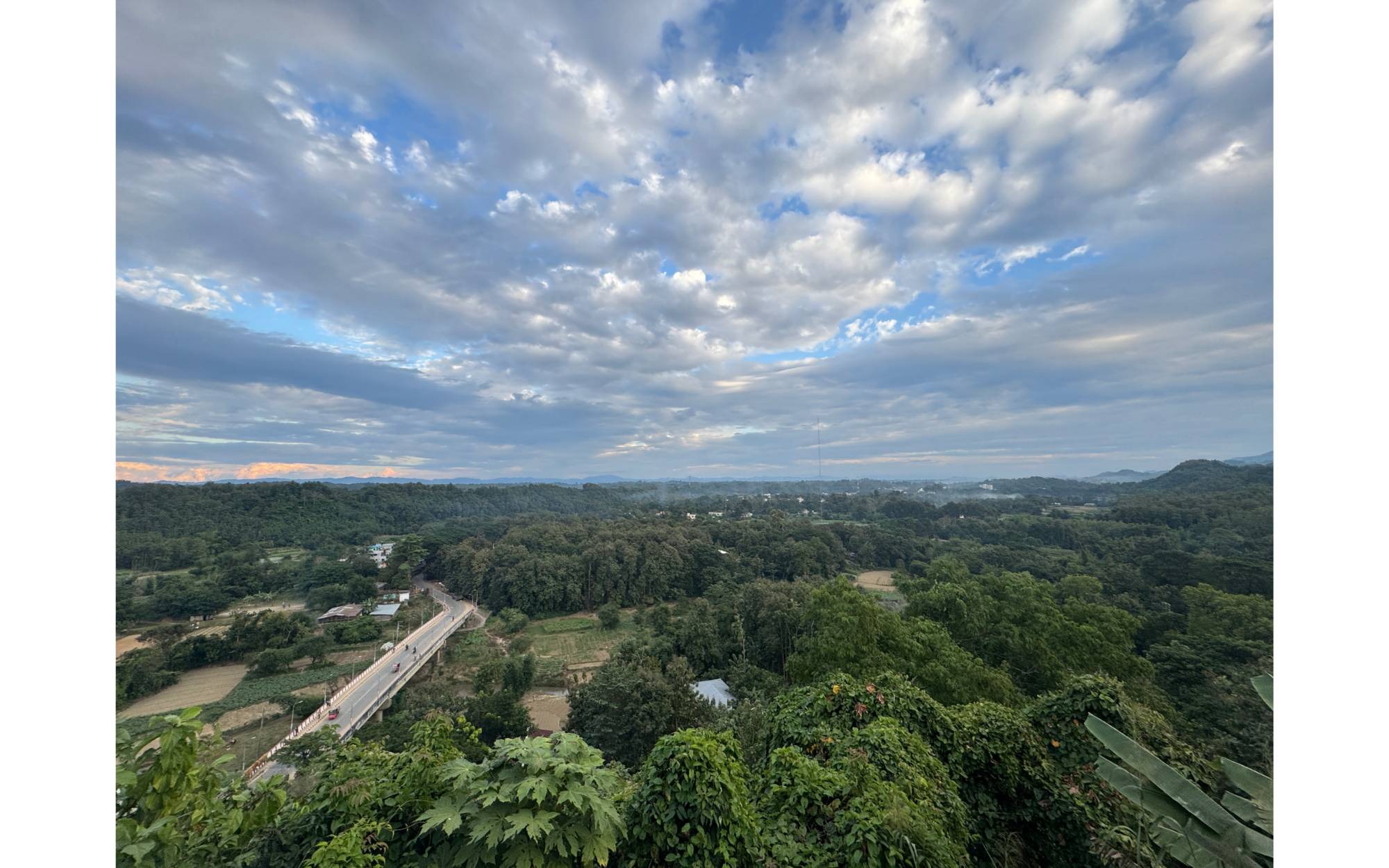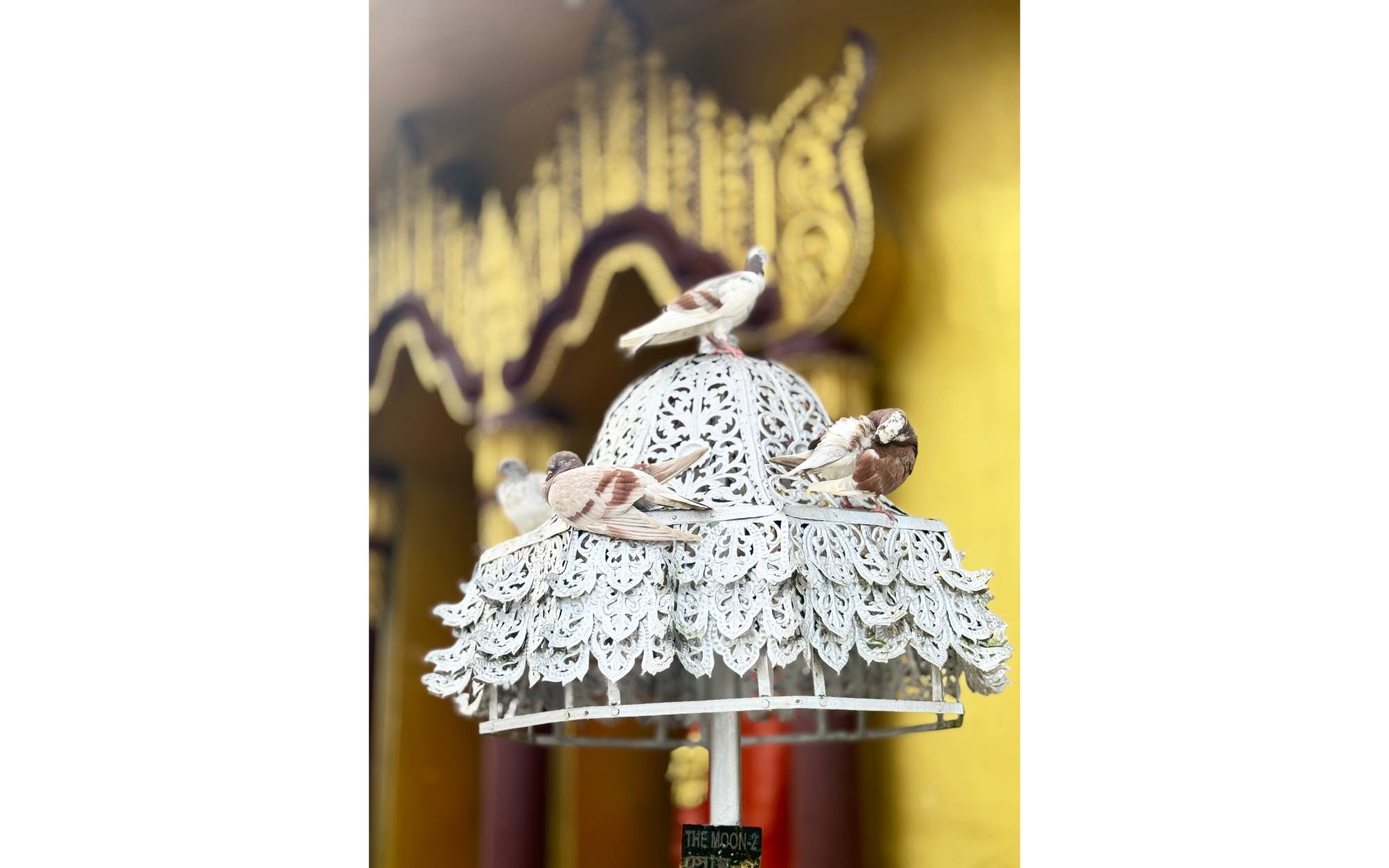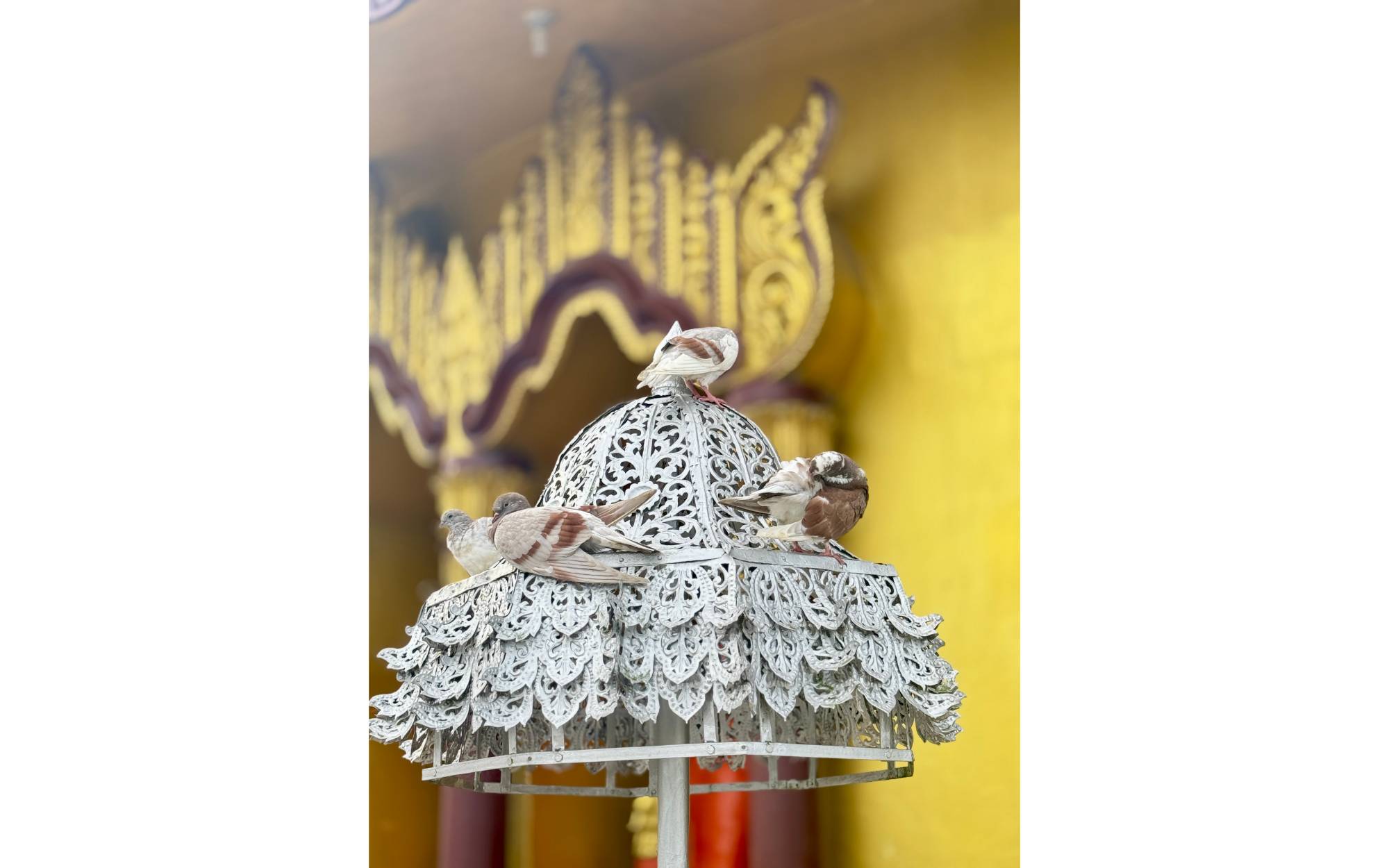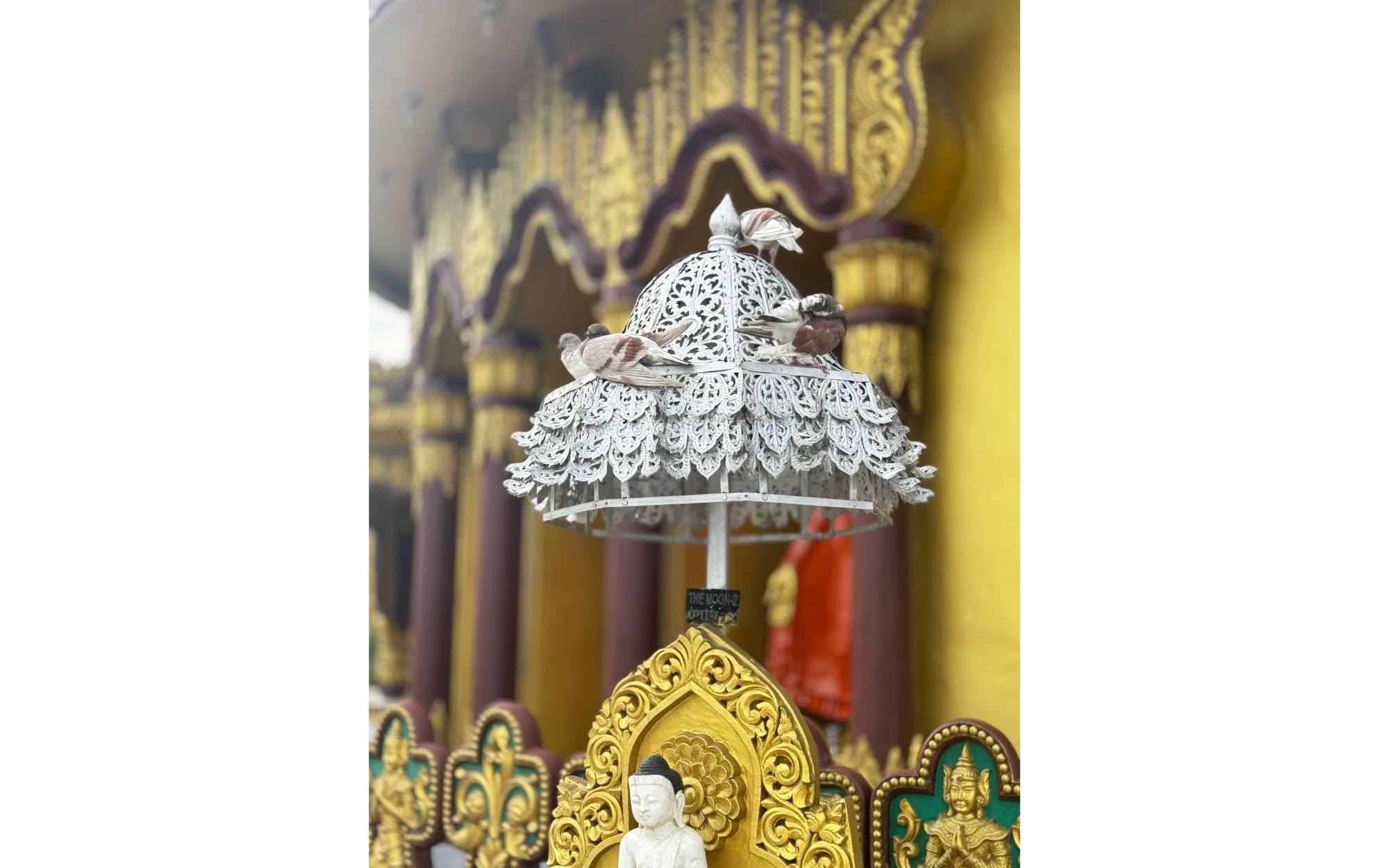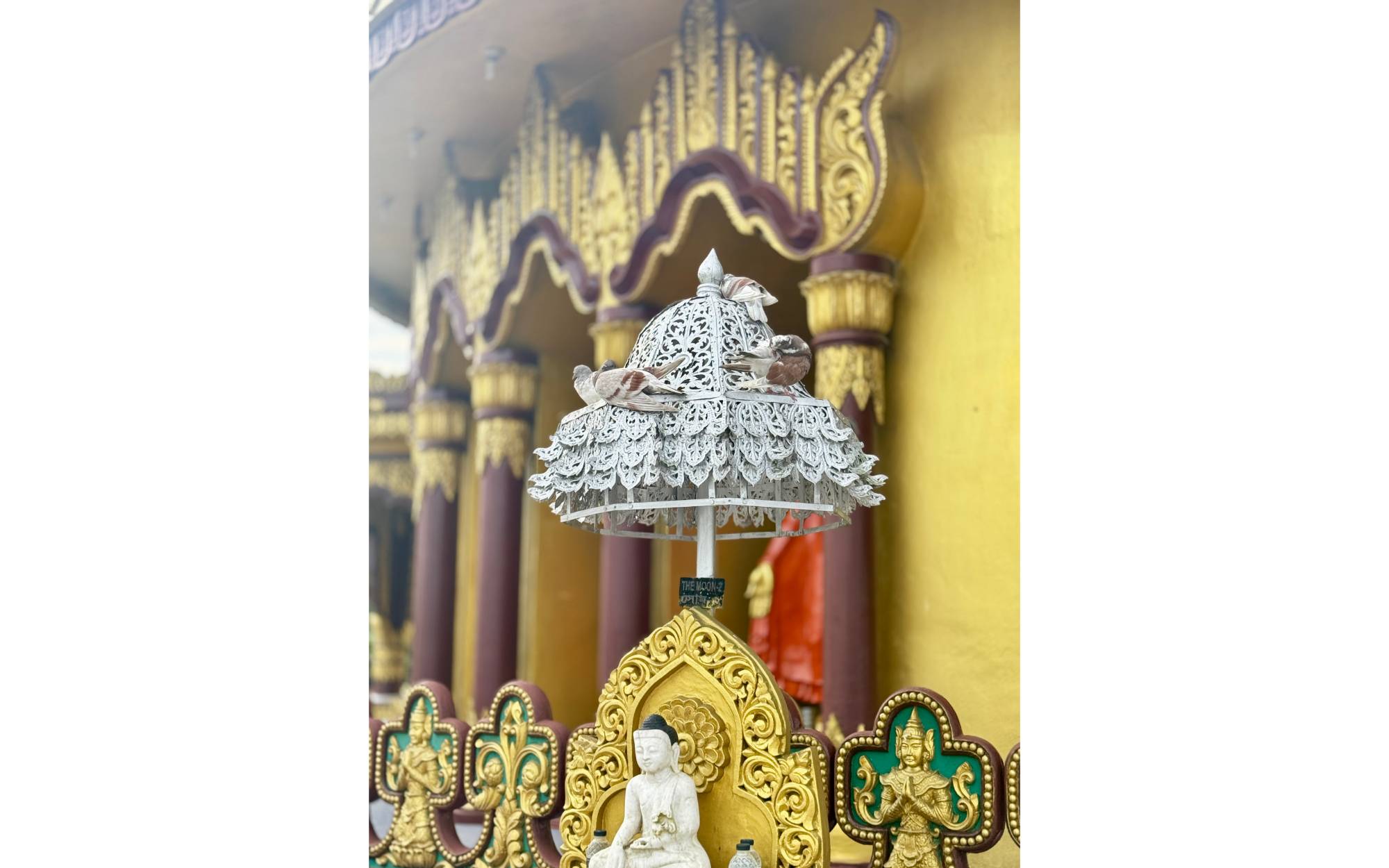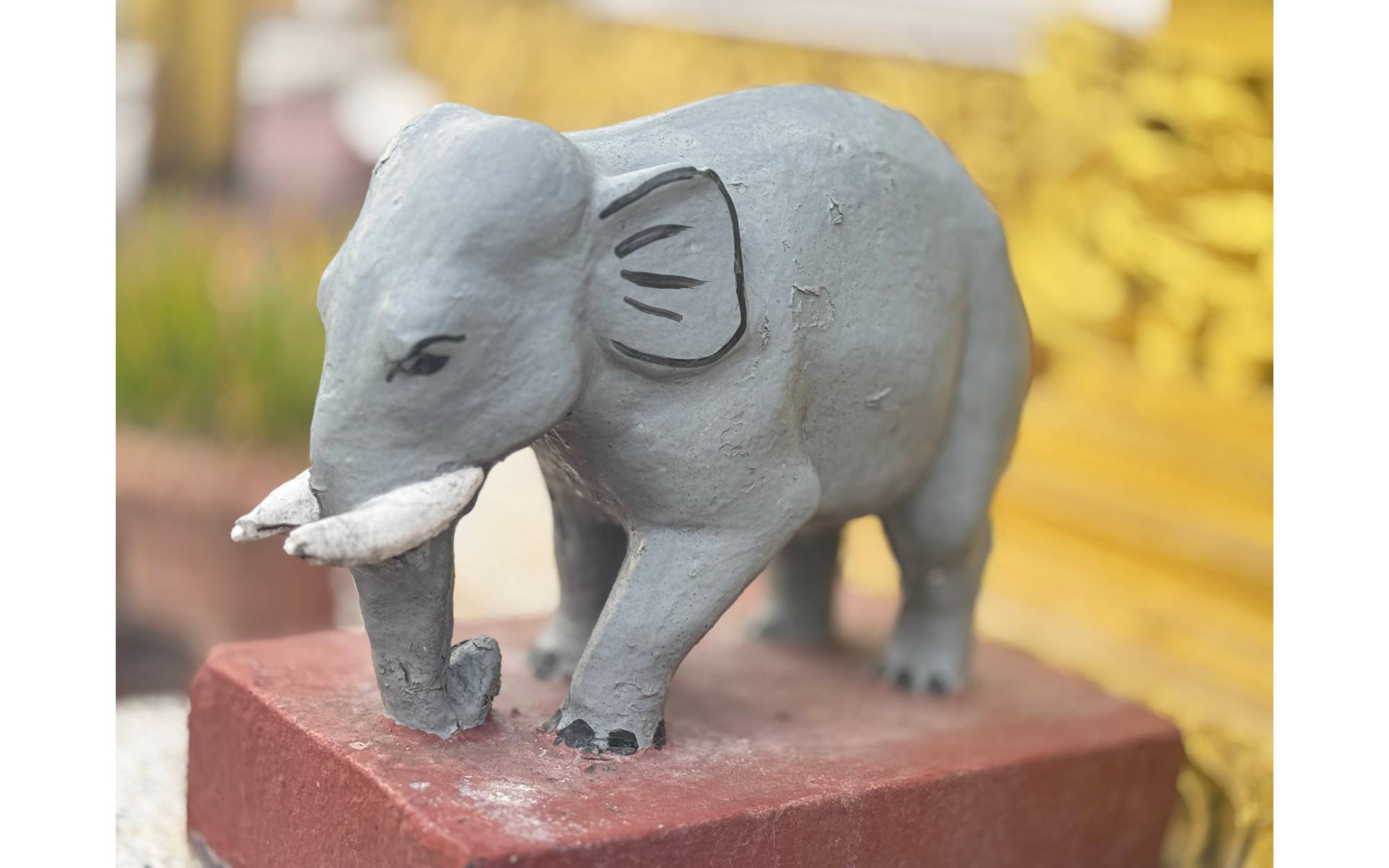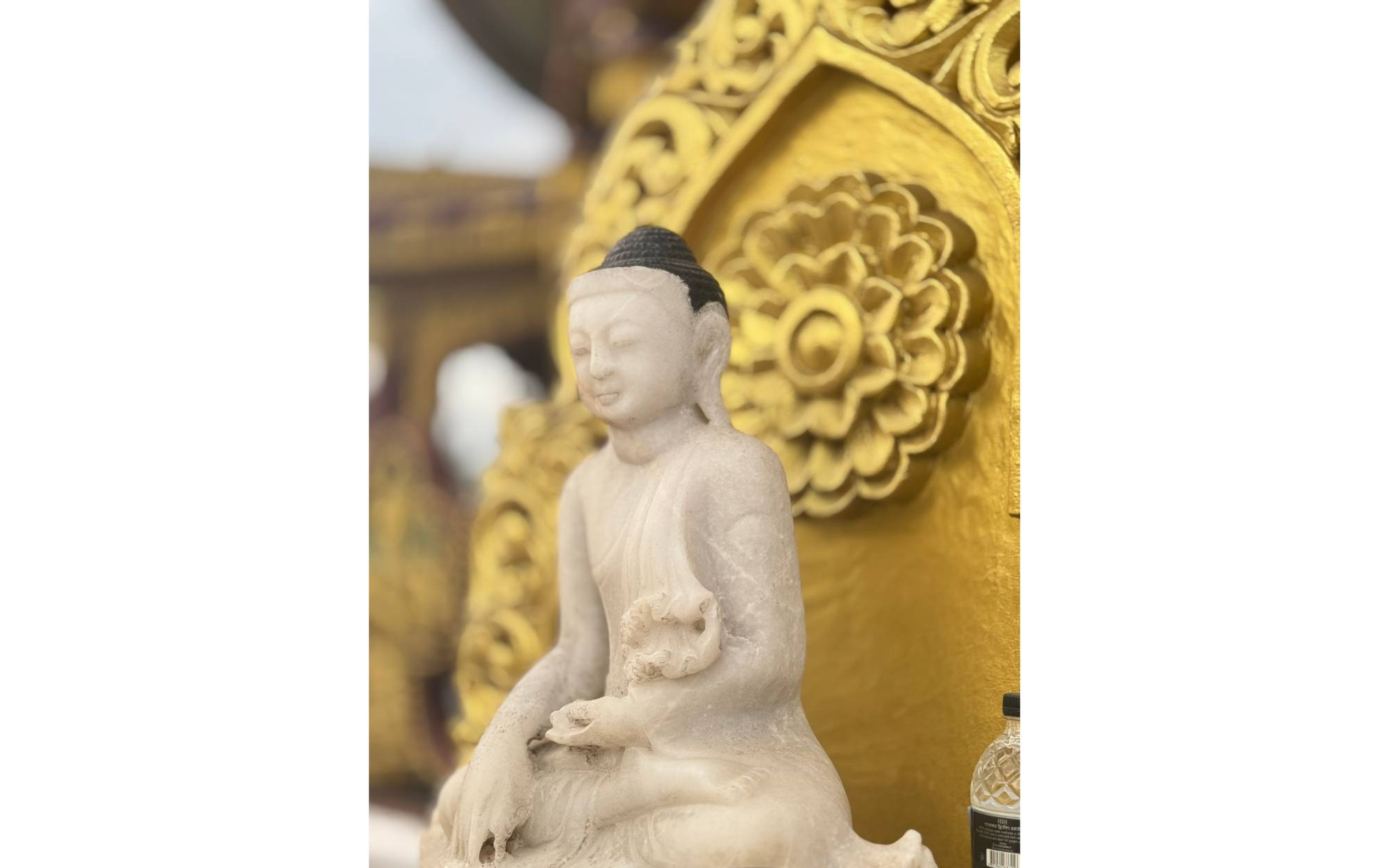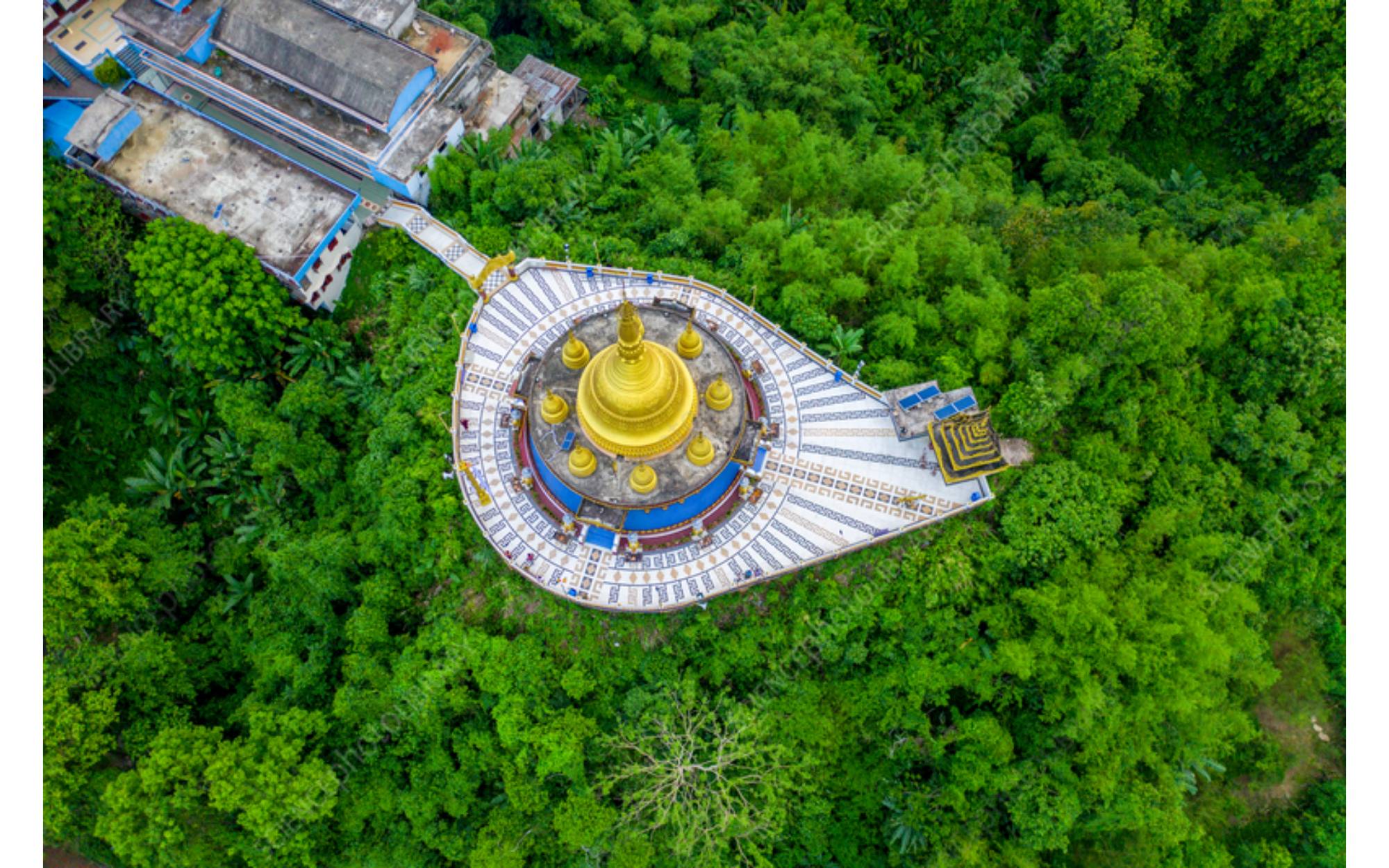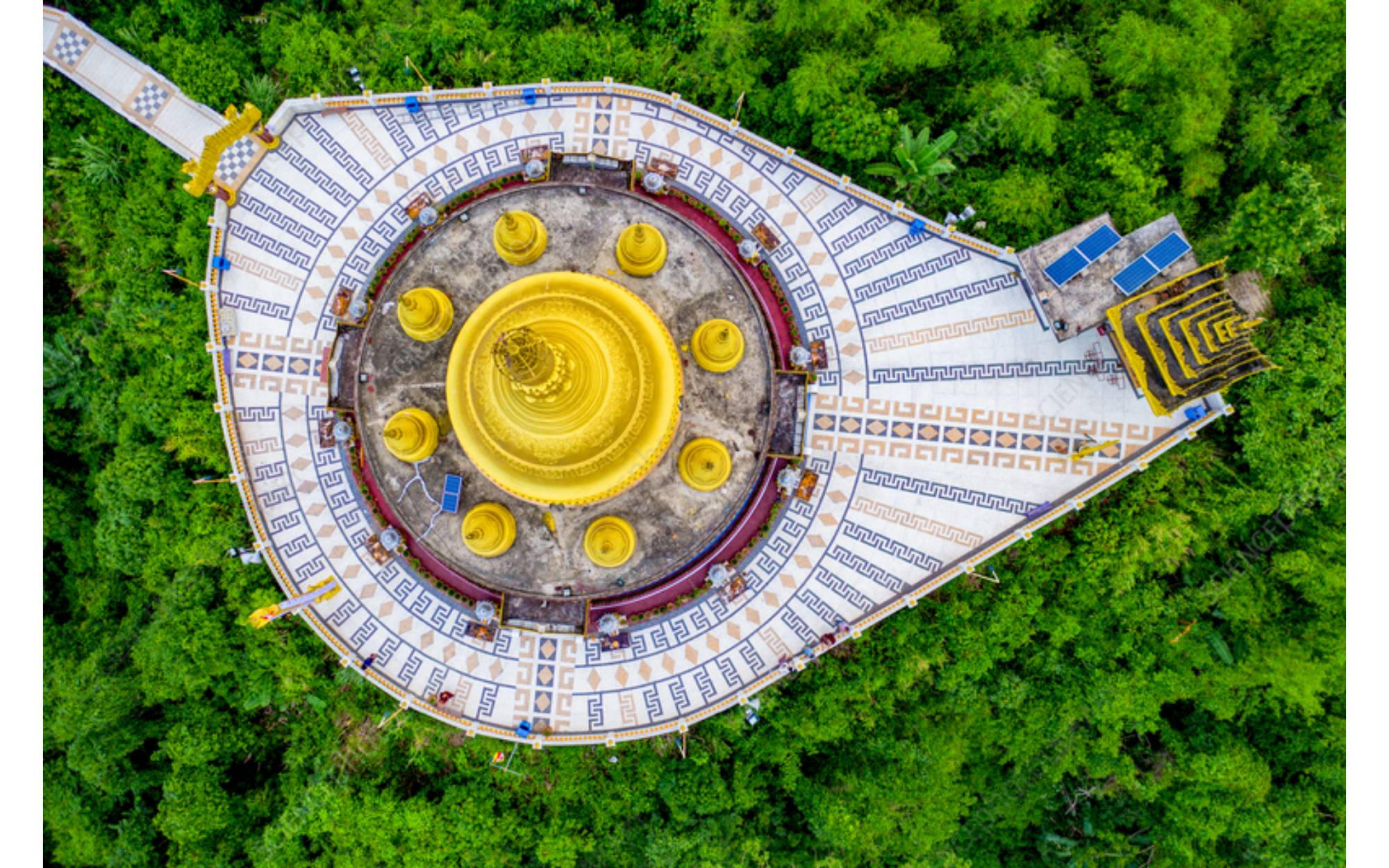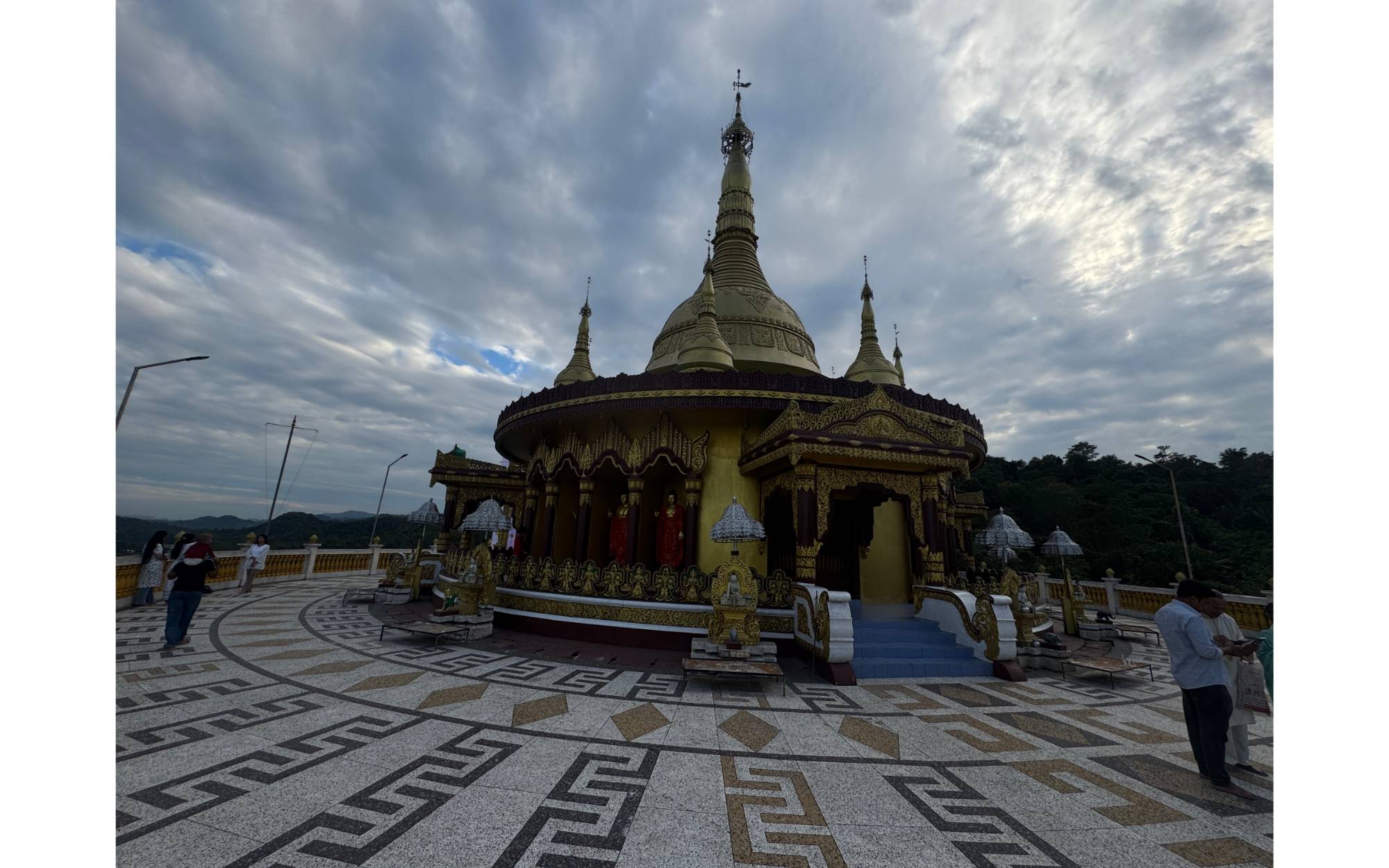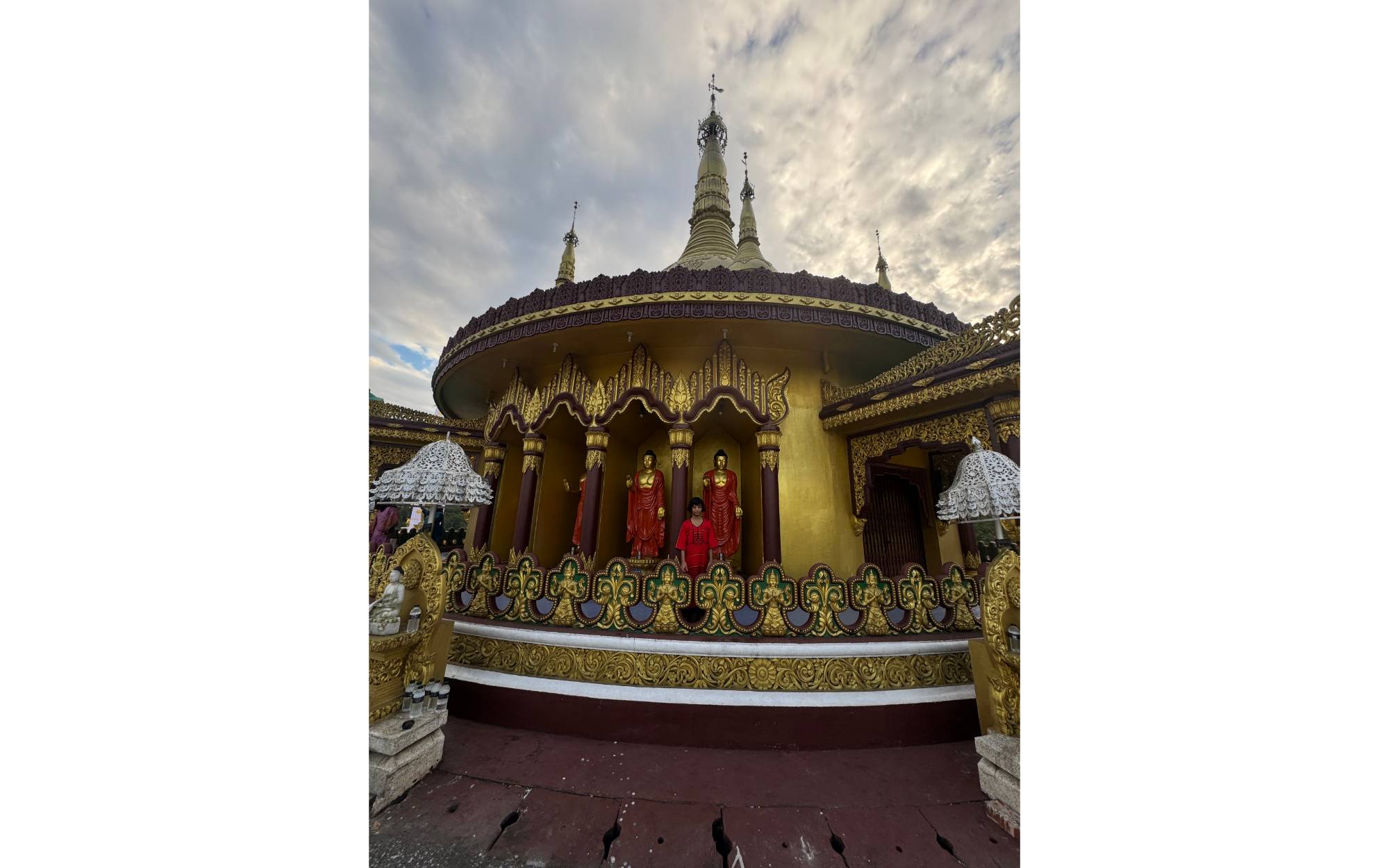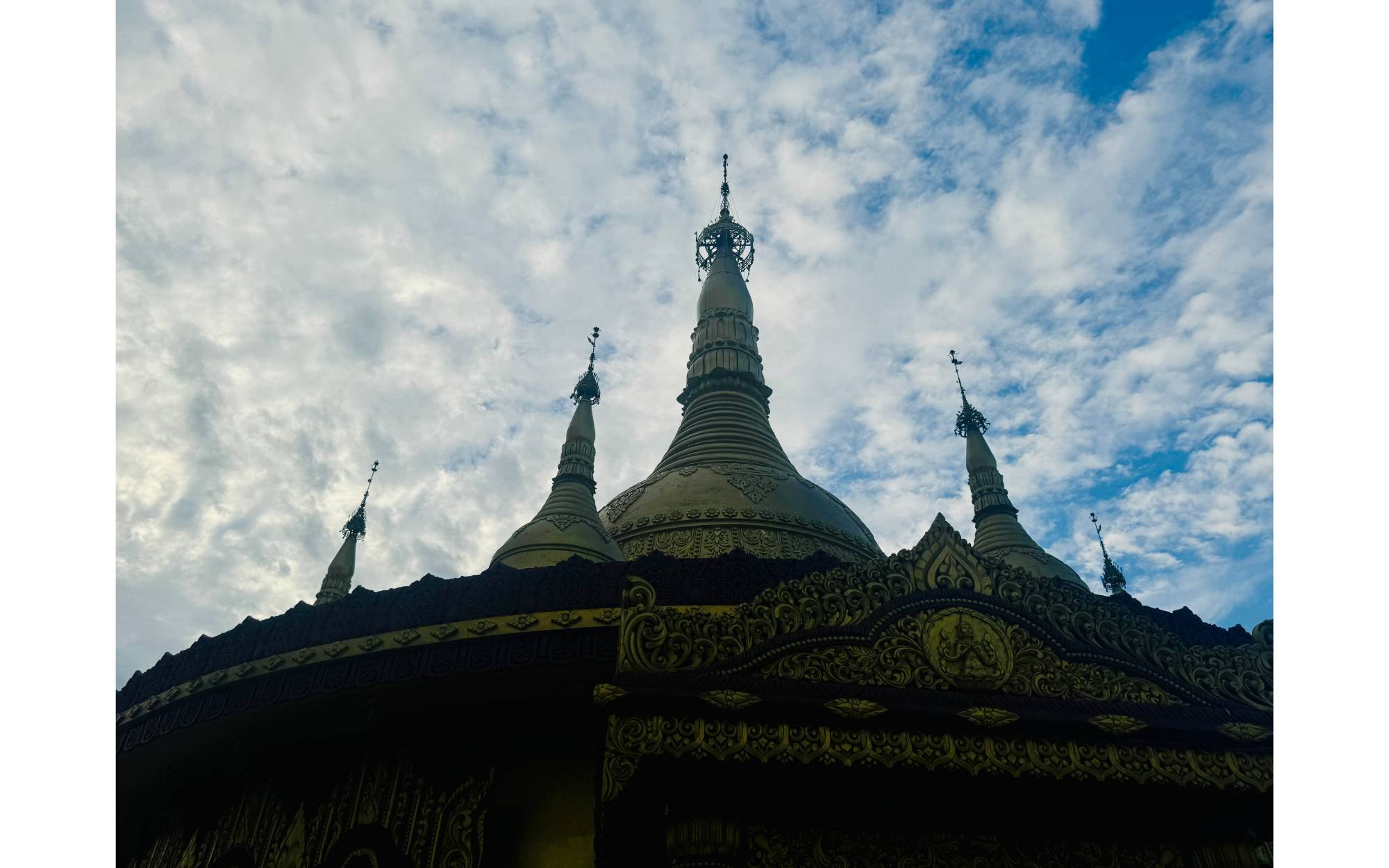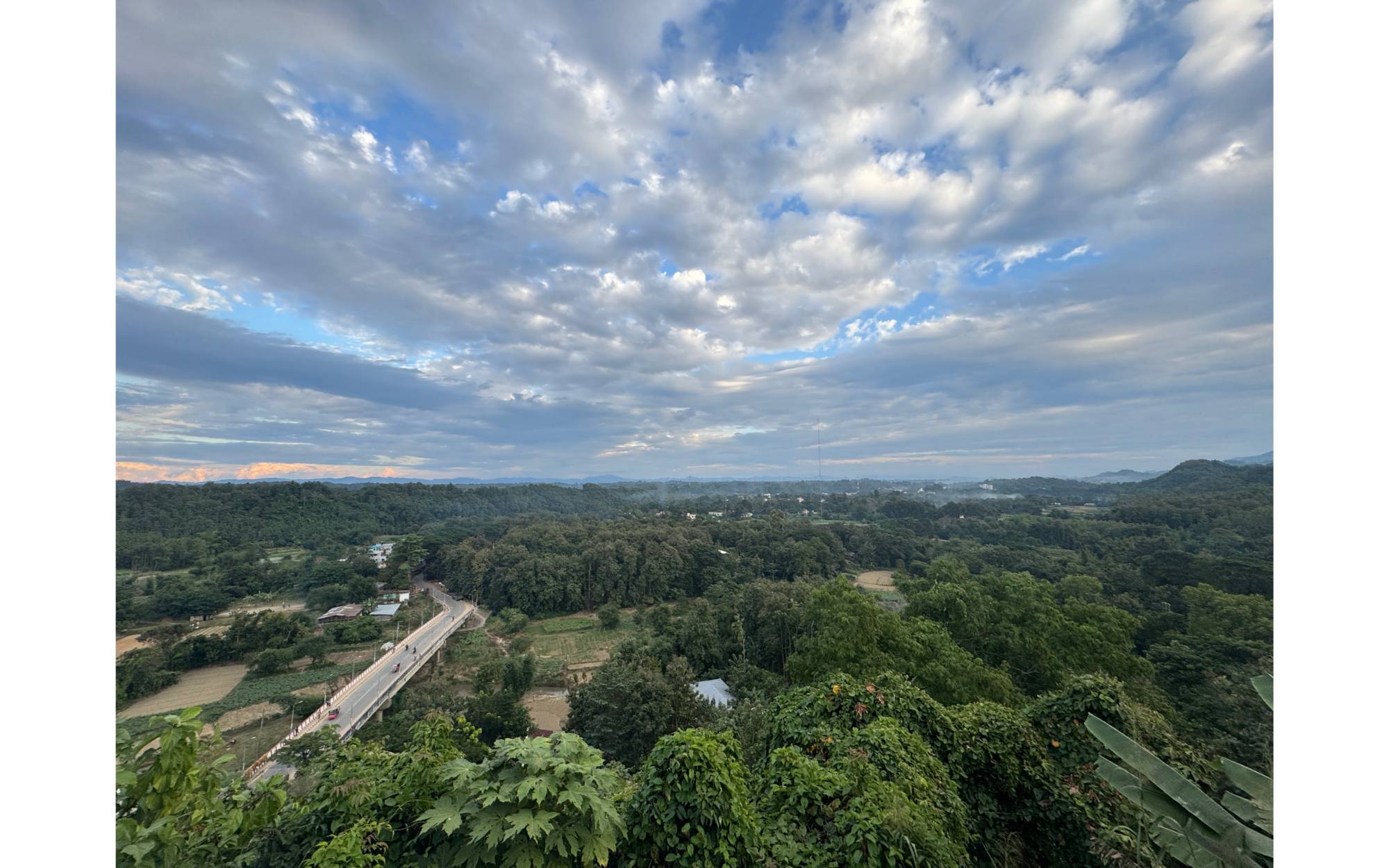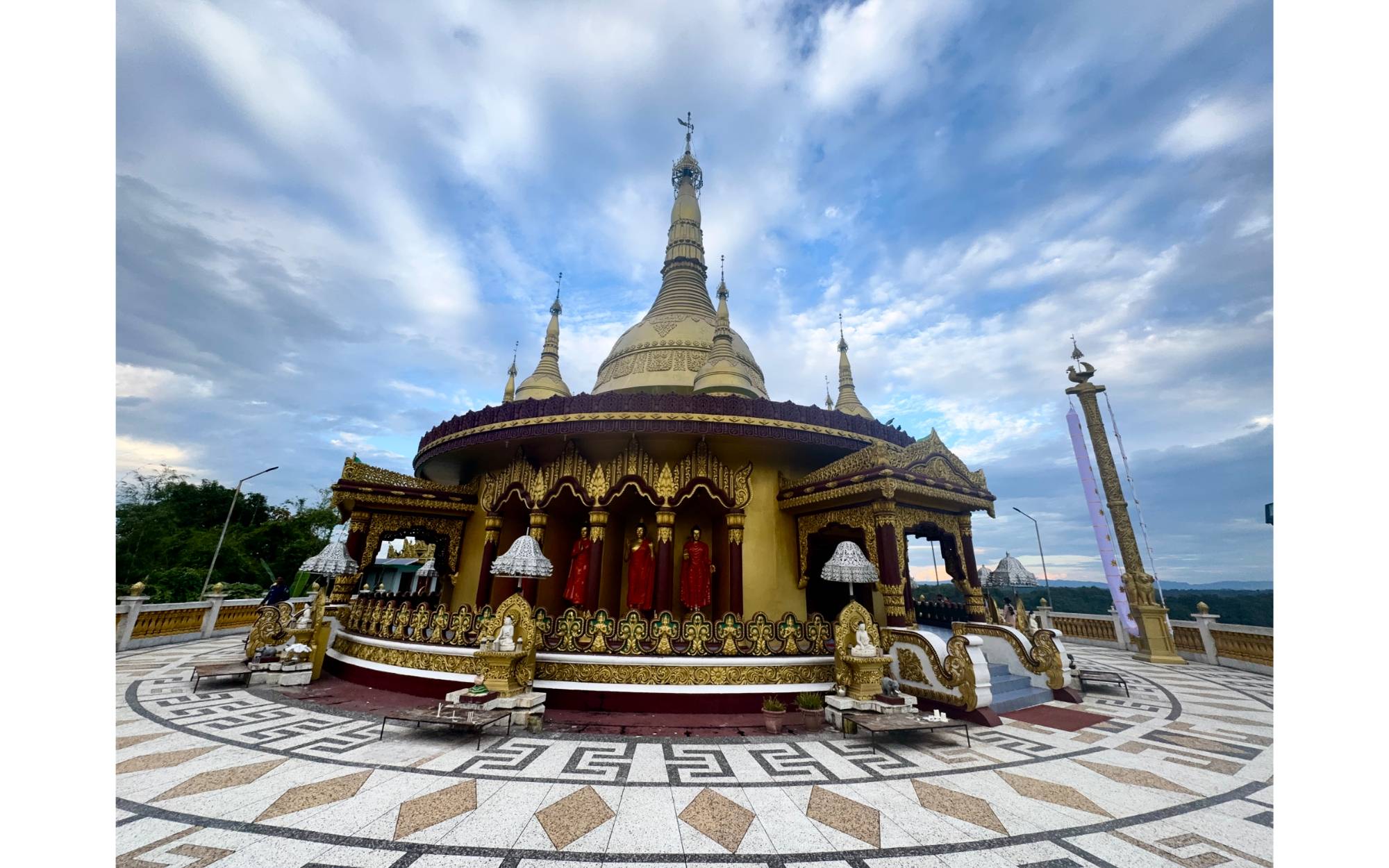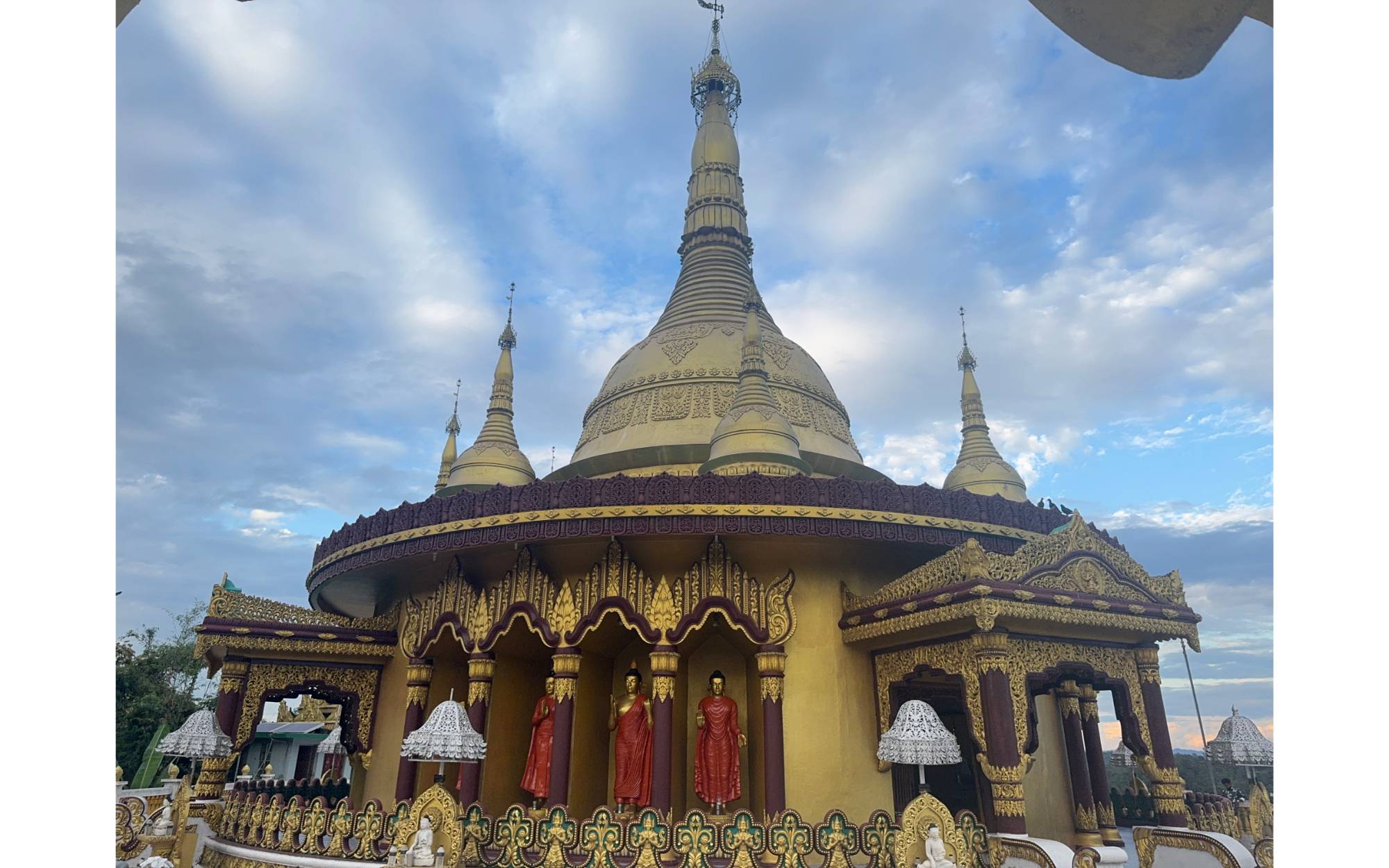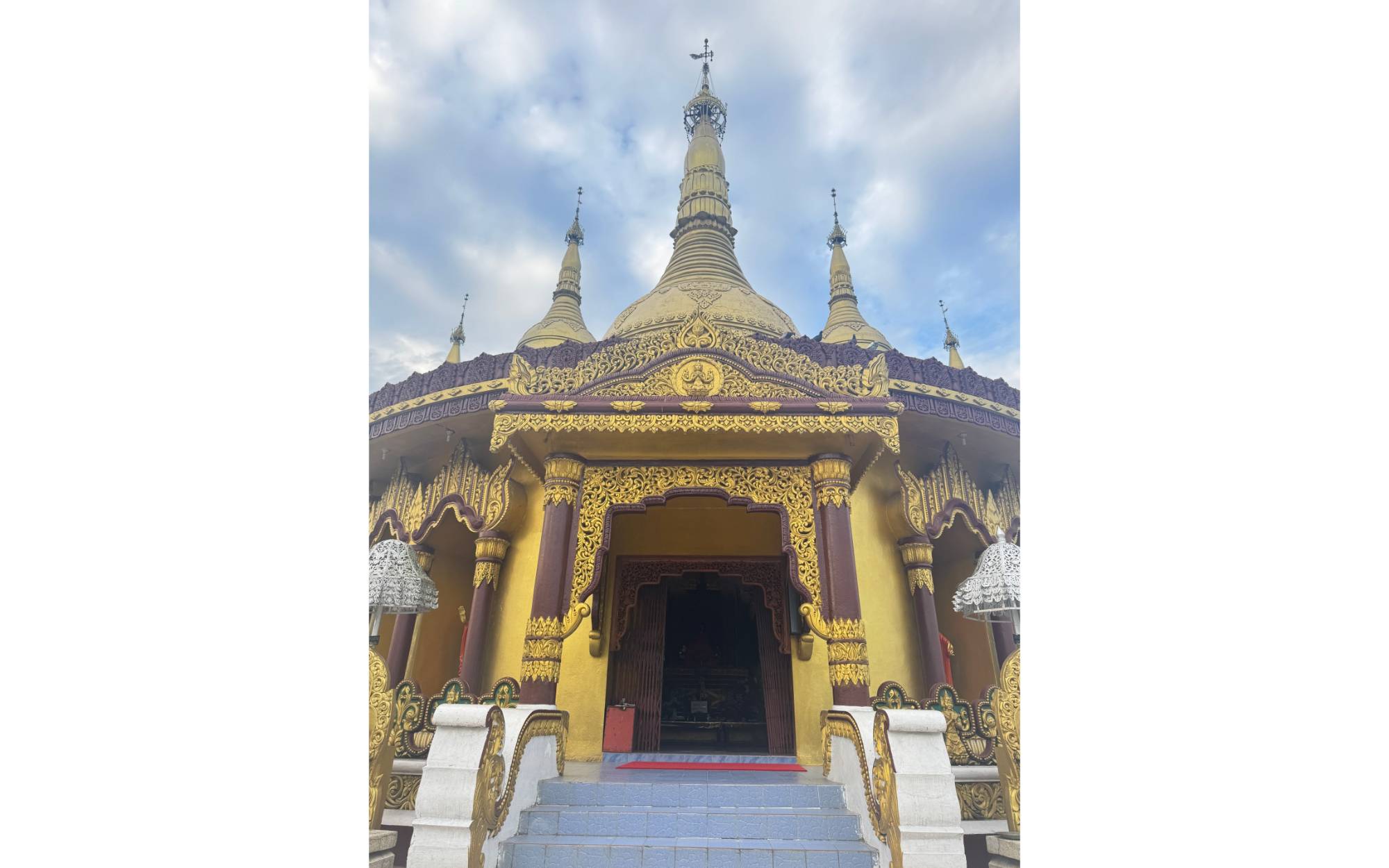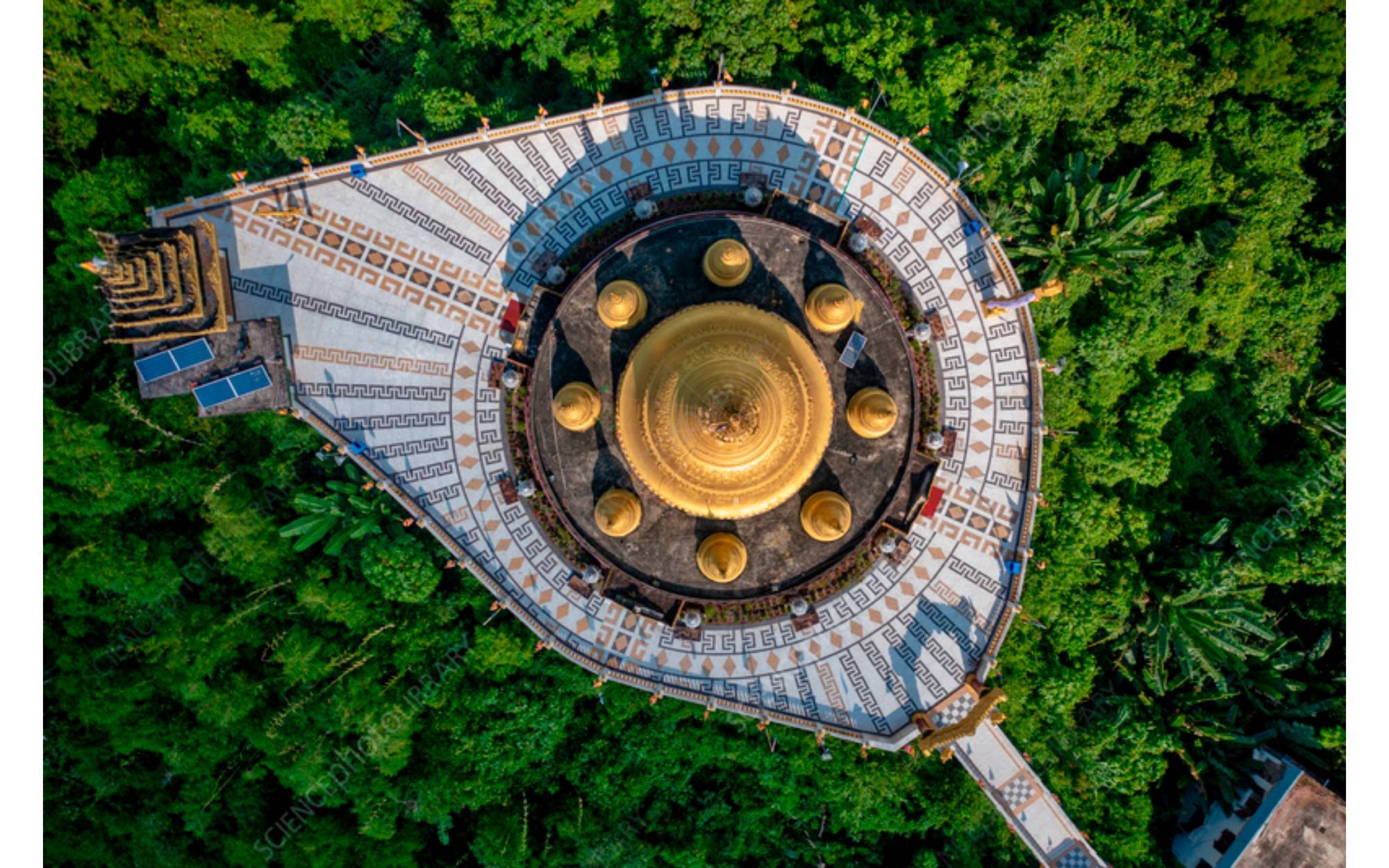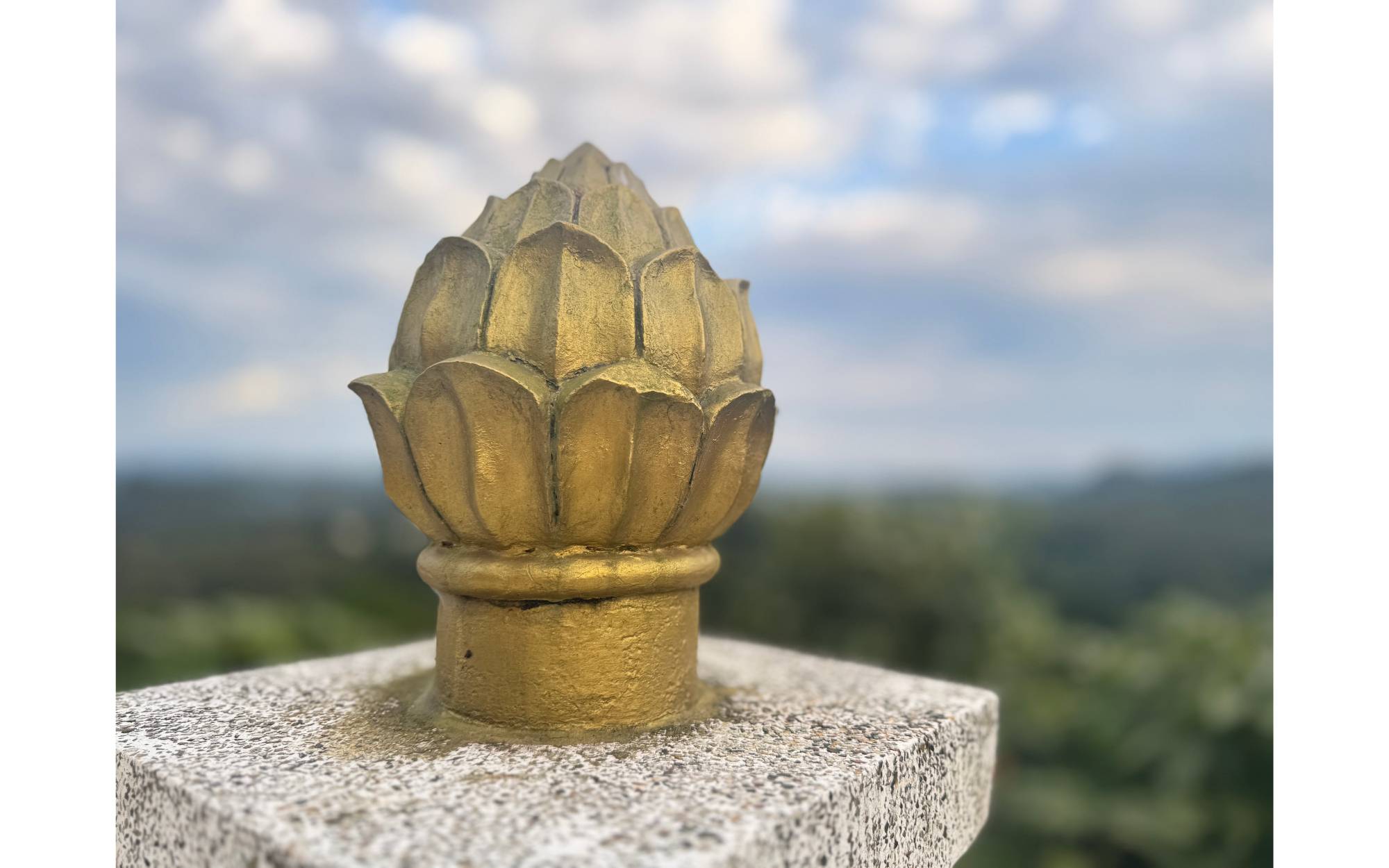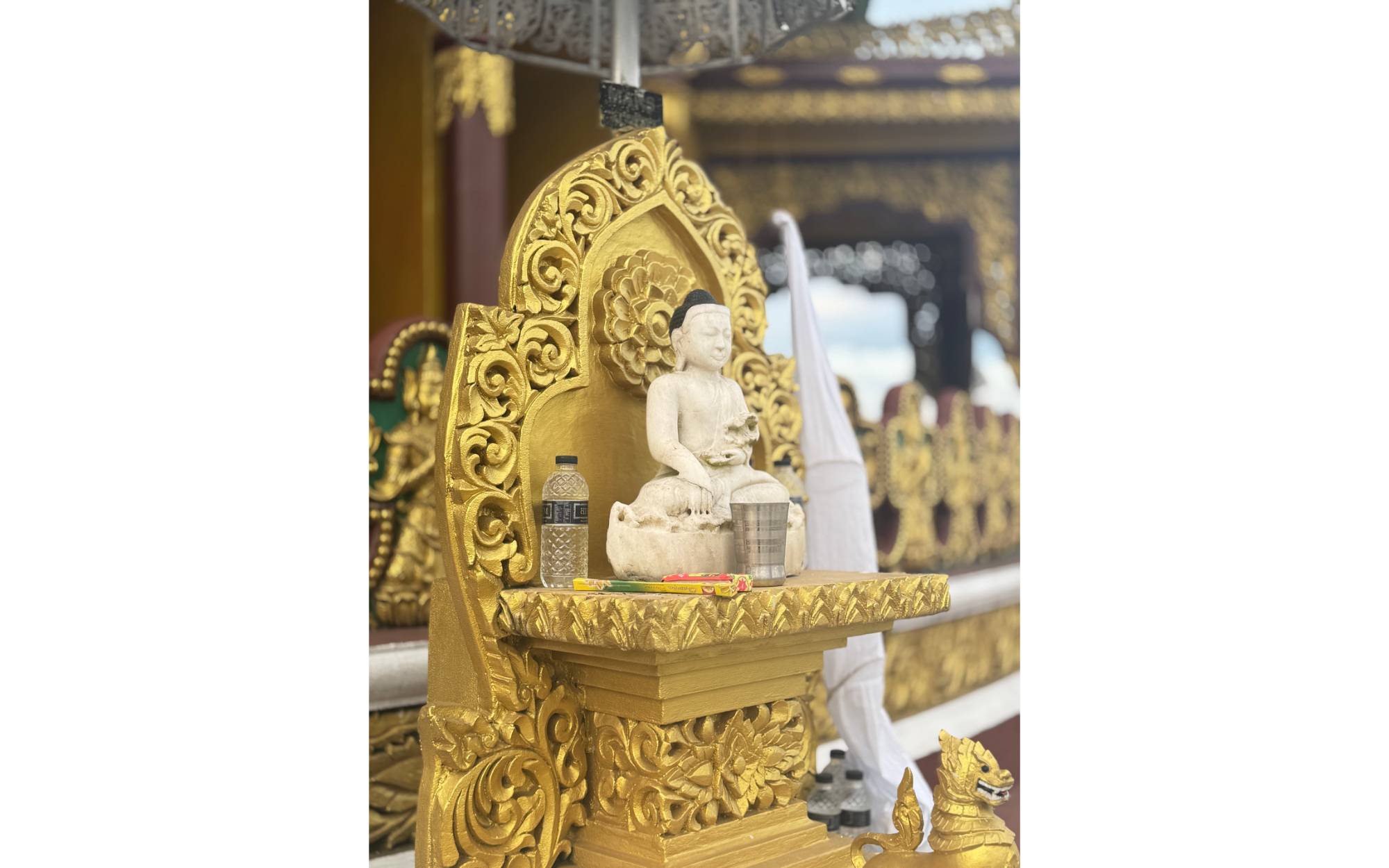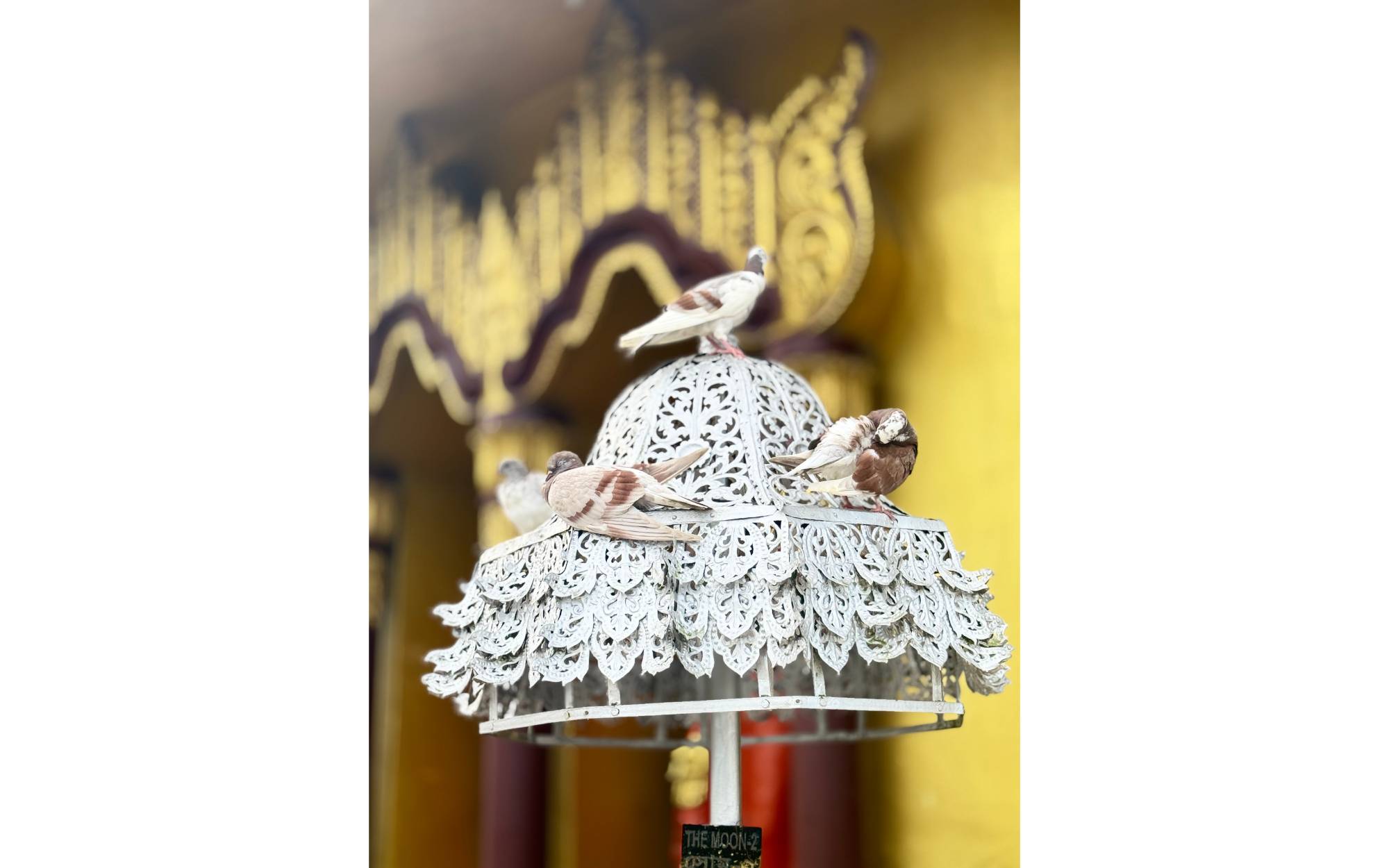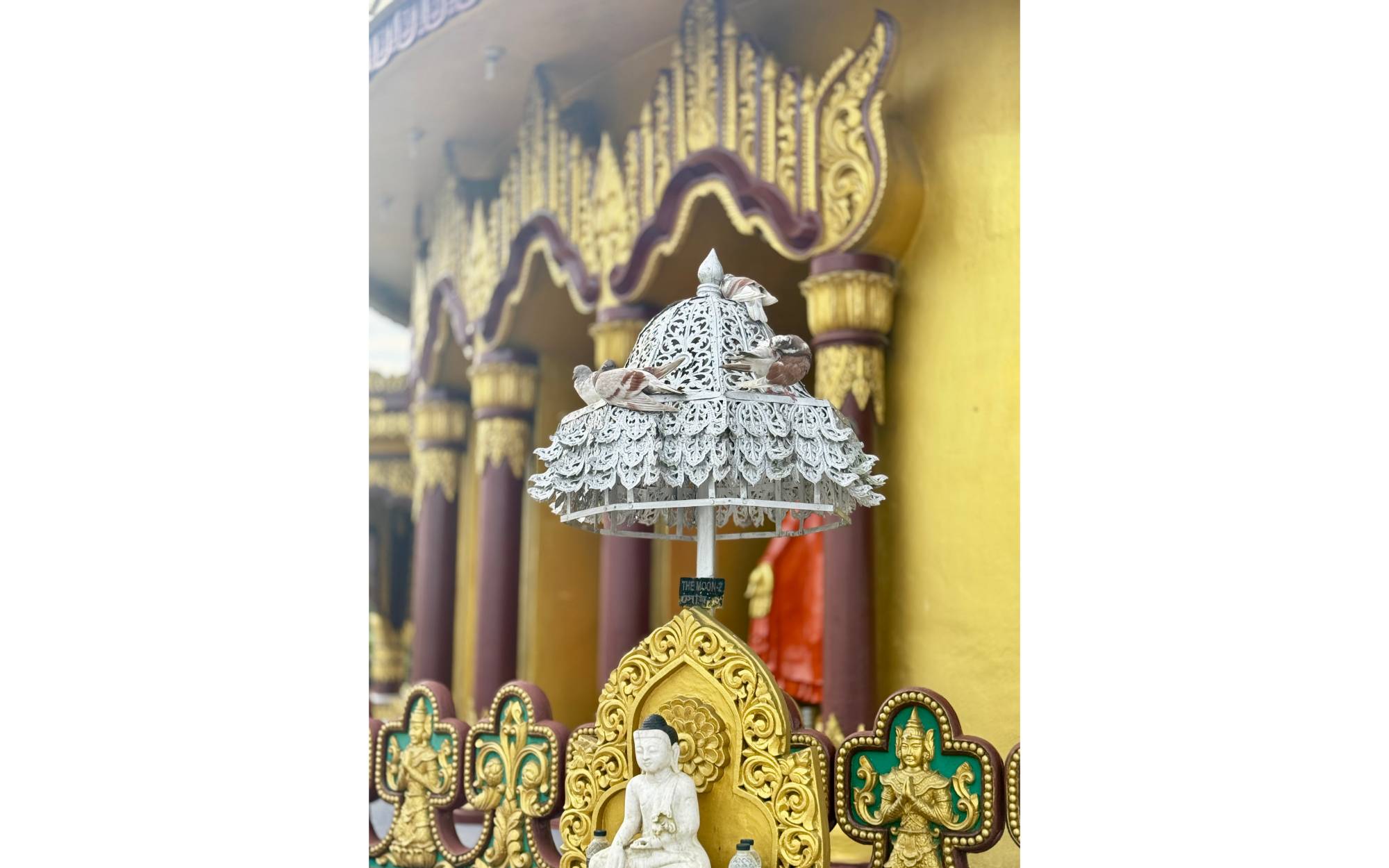Golden Pagoda Bandarban: A Beacon of Spirituality and Architectural Splendor
Golden Pagoda Bandarban: A Beacon of Spirituality and Architectural Splendor, BANDARBAN
Nestled amidst the verdant hills of southeastern Bangladesh, the Golden Pagoda, officially known as Buddha Dhatu Jadi, stands as a testament to the country's rich cultural tapestry and religious harmony. Situated in the Balaghata area, approximately 4 kilometers from Bandarban town, this majestic temple is not only a place of worship but also a symbol of peace and serenity for both devotees and tourists alike. The Golden Pagoda of Bandarban stands as a beacon of spiritual enlightenment, architectural beauty, and cultural heritage. It continues to inspire awe and reverence among all who visit, offering a glimpse into the rich traditions of Theravada Buddhism and the enduring spirit of the Marma people. As it welcomes visitors from around the world, the Golden Pagoda remains a symbol of peace, unity, and the timeless pursuit of wisdom.
History
The inception of the Golden Pagoda dates back to December 25, 1995, under the visionary guidance of Ven. U Pannya Jota Mahathera, a revered monk from the royal Bohmong family of Bandarban. The temple was constructed to house sacred relics of the Buddha, known as "Dhatu," which were graciously gifted by the State Sangha Maha Nayaka Committee of Myanmar in 1994. Completed in 2000, the pagoda has since become a pivotal center for Theravada Buddhism in Bangladesh, primarily serving the Marma community, an indigenous group with deep-rooted Buddhist traditions.
Architecture
Perched atop a 60-meter-high hill, the Golden Pagoda is an architectural masterpiece that seamlessly blends traditional Arakanese design with contemporary aesthetics. The temple's golden hue, from which it derives its popular name, gleams brilliantly under the sun, creating a mesmerizing spectacle against the backdrop of lush greenery. Intricate carvings, ornate motifs, and twelve standing Buddha statues, each depicting different mudras (gestures), adorn the temple premises, reflecting the profound teachings of Buddhism. The sanctum houses the second-largest Buddha statue in Bangladesh, a testament to the craftsmanship of artisans from Myanmar.
How to Go
To preserve the sanctity of this sacred site, visitors are expected to adhere to certain guidelines. A modest entrance fee is charged, and appropriate attire is mandatory; shorts and shoes are not permitted within the temple premises. Photography is allowed, but touching the sculptures or making videos is discouraged to maintain the temple's sanctity. The temple is open to visitors from 5 PM to 7 PM, providing ample time to explore and reflect.

